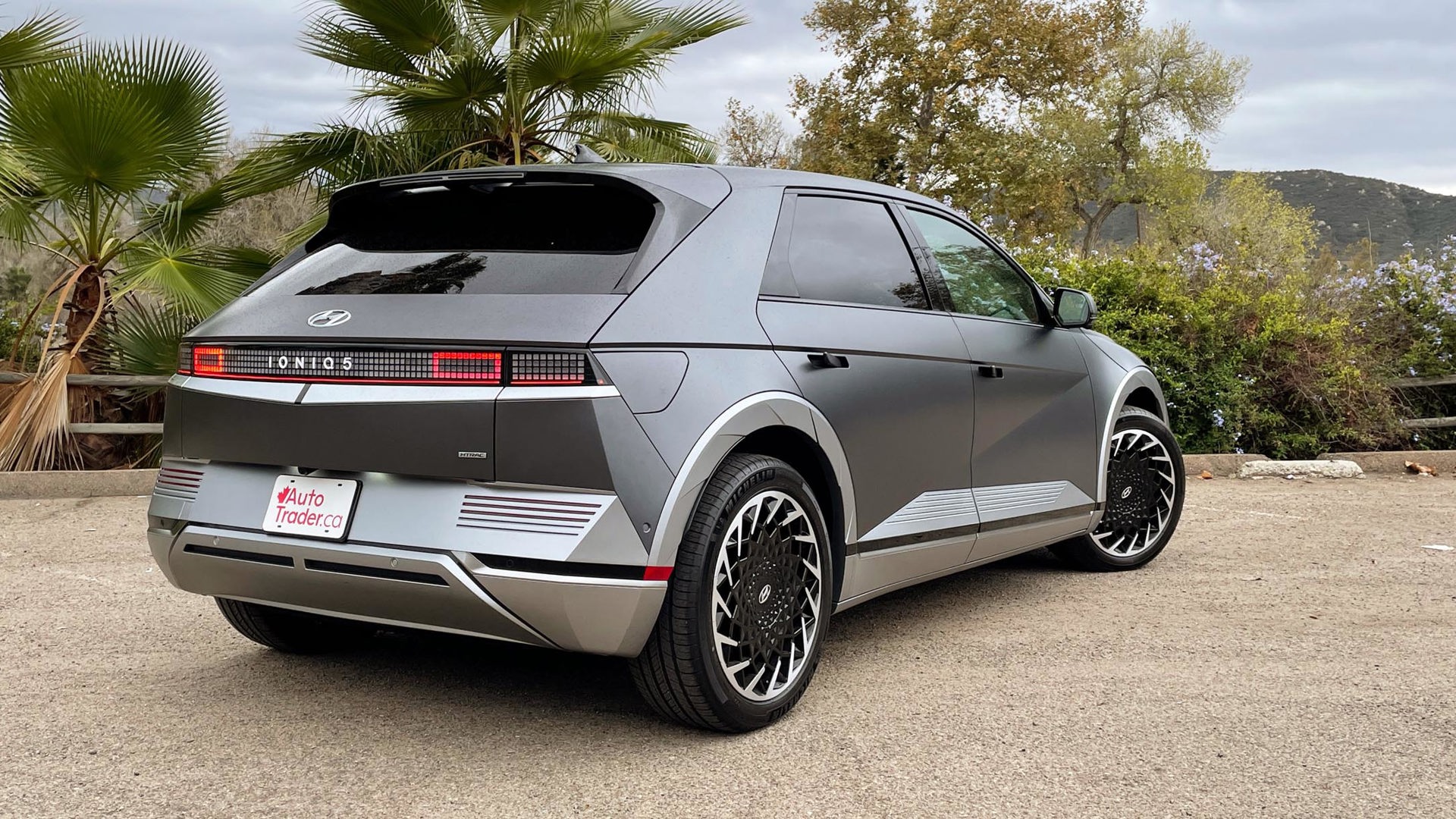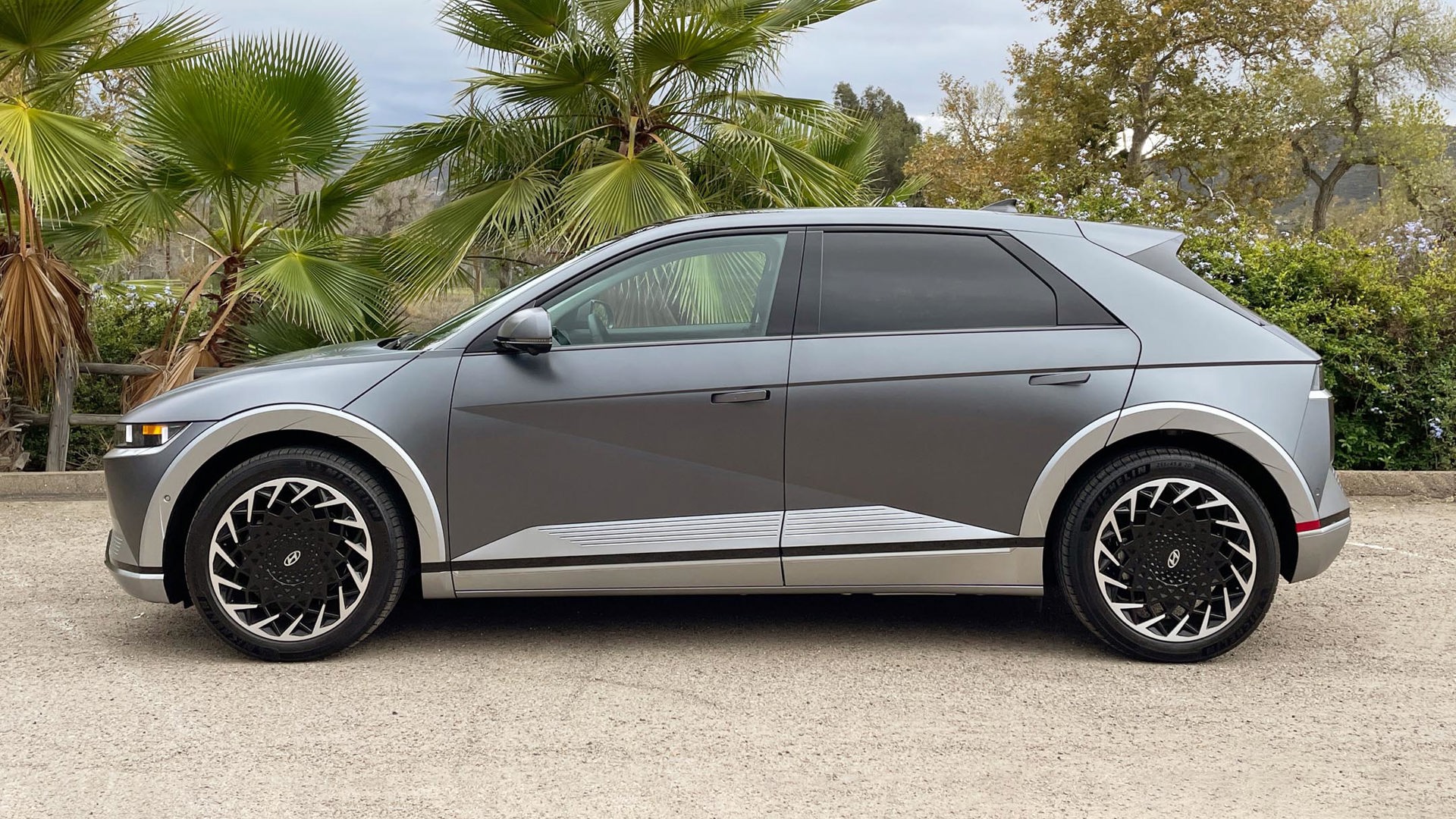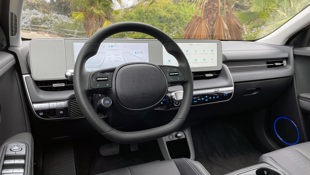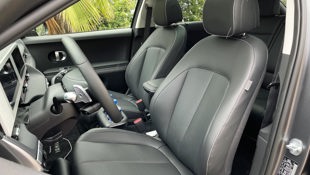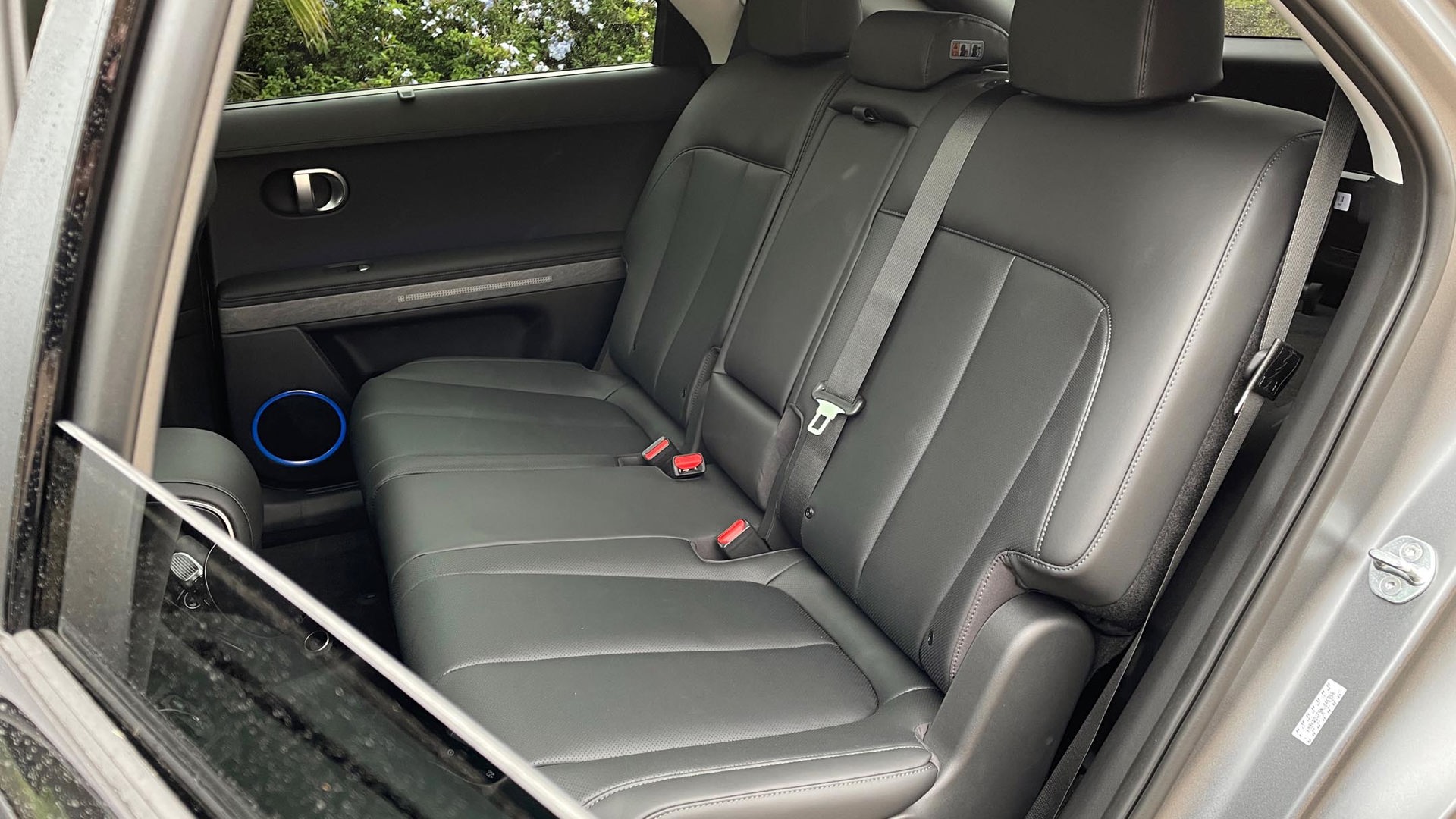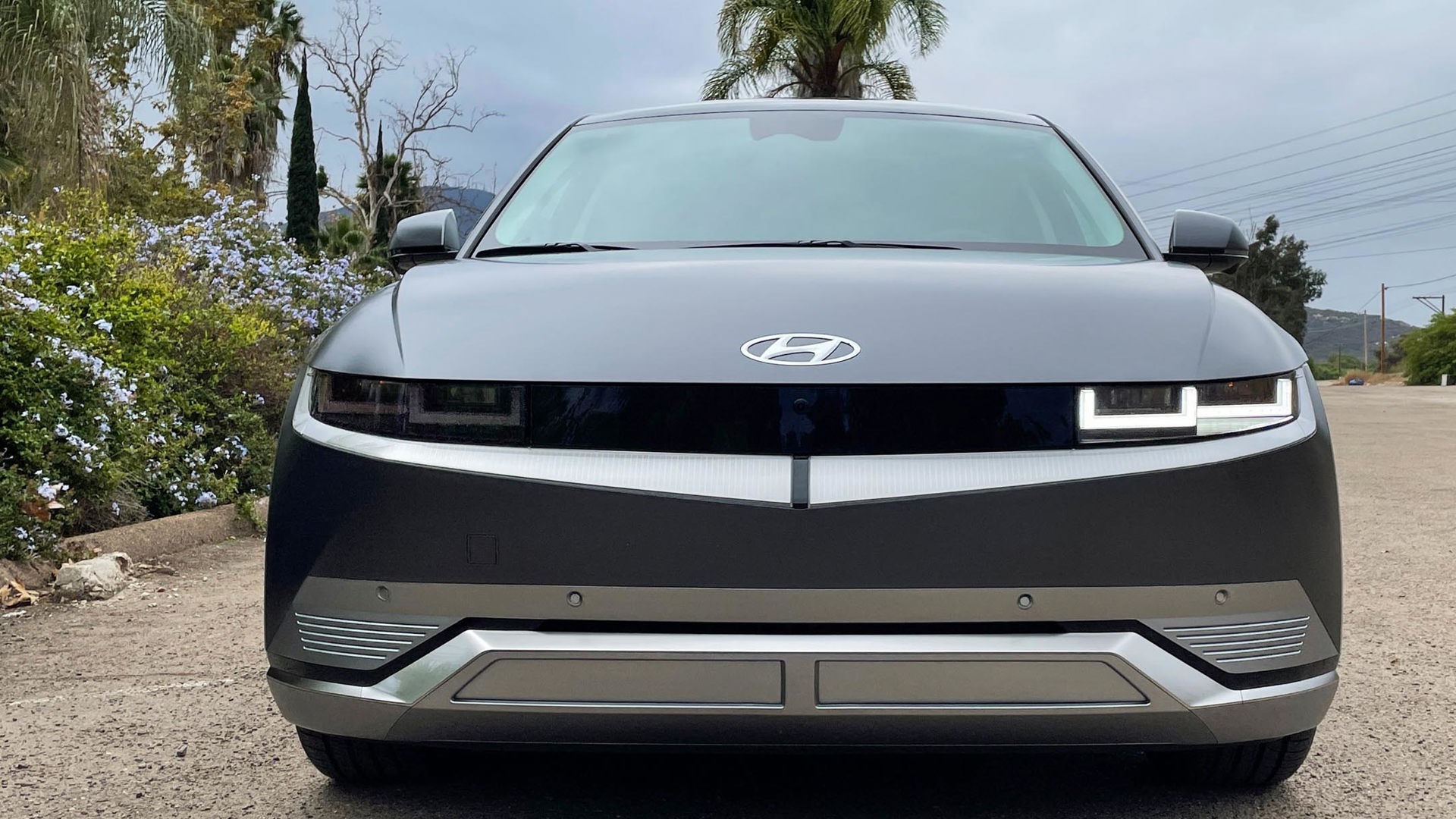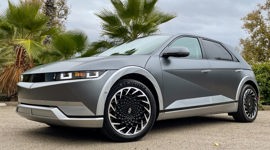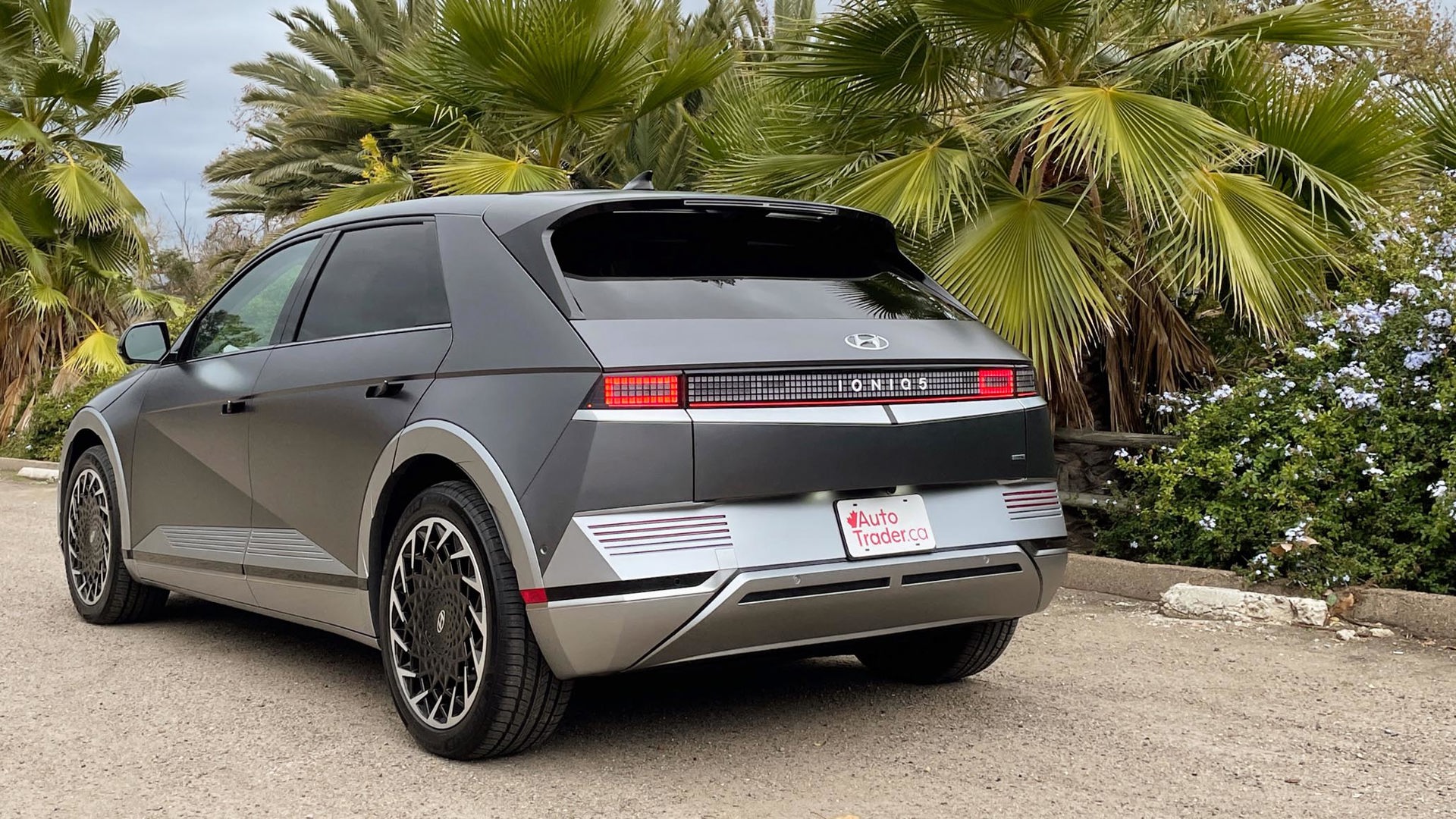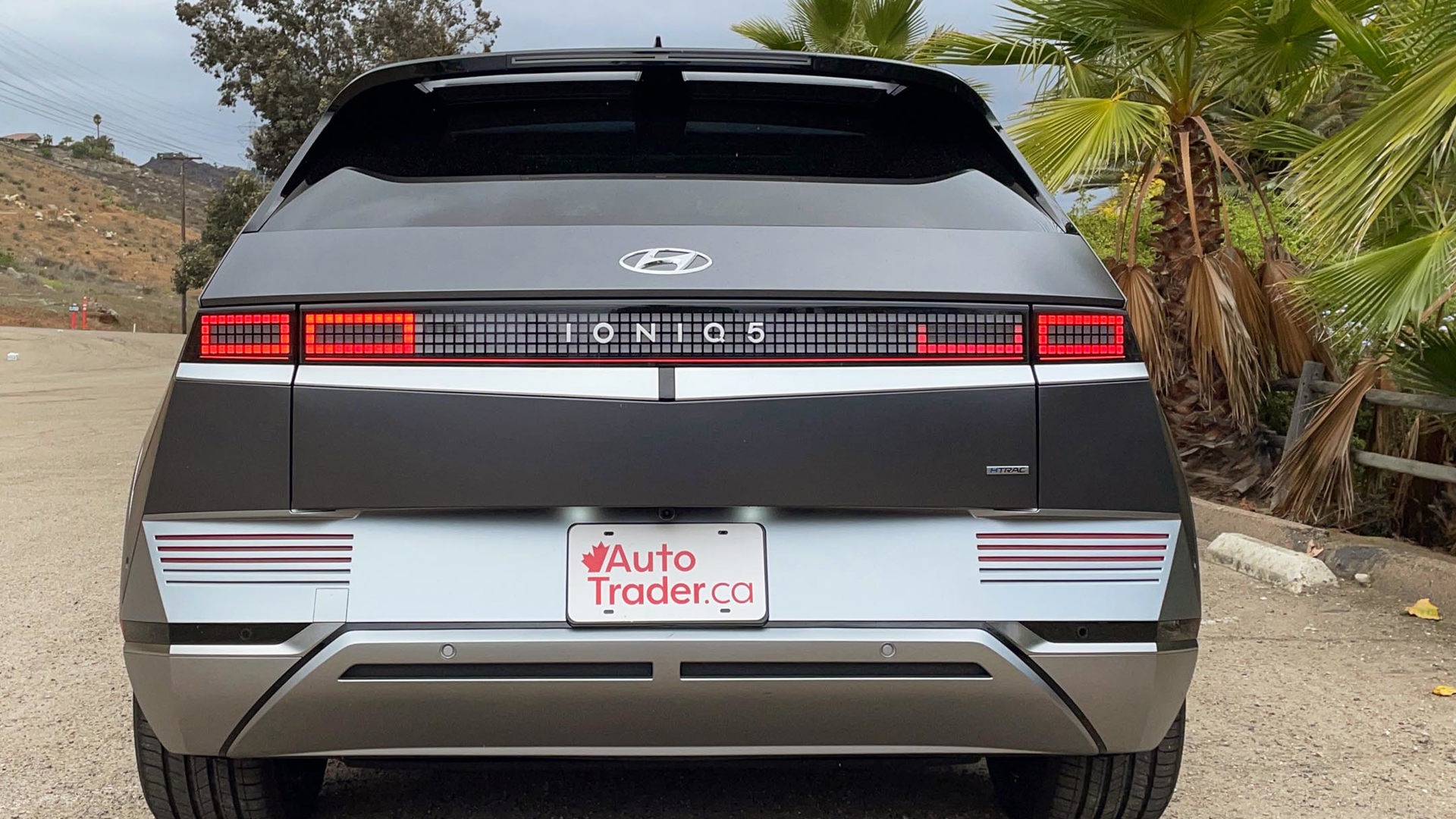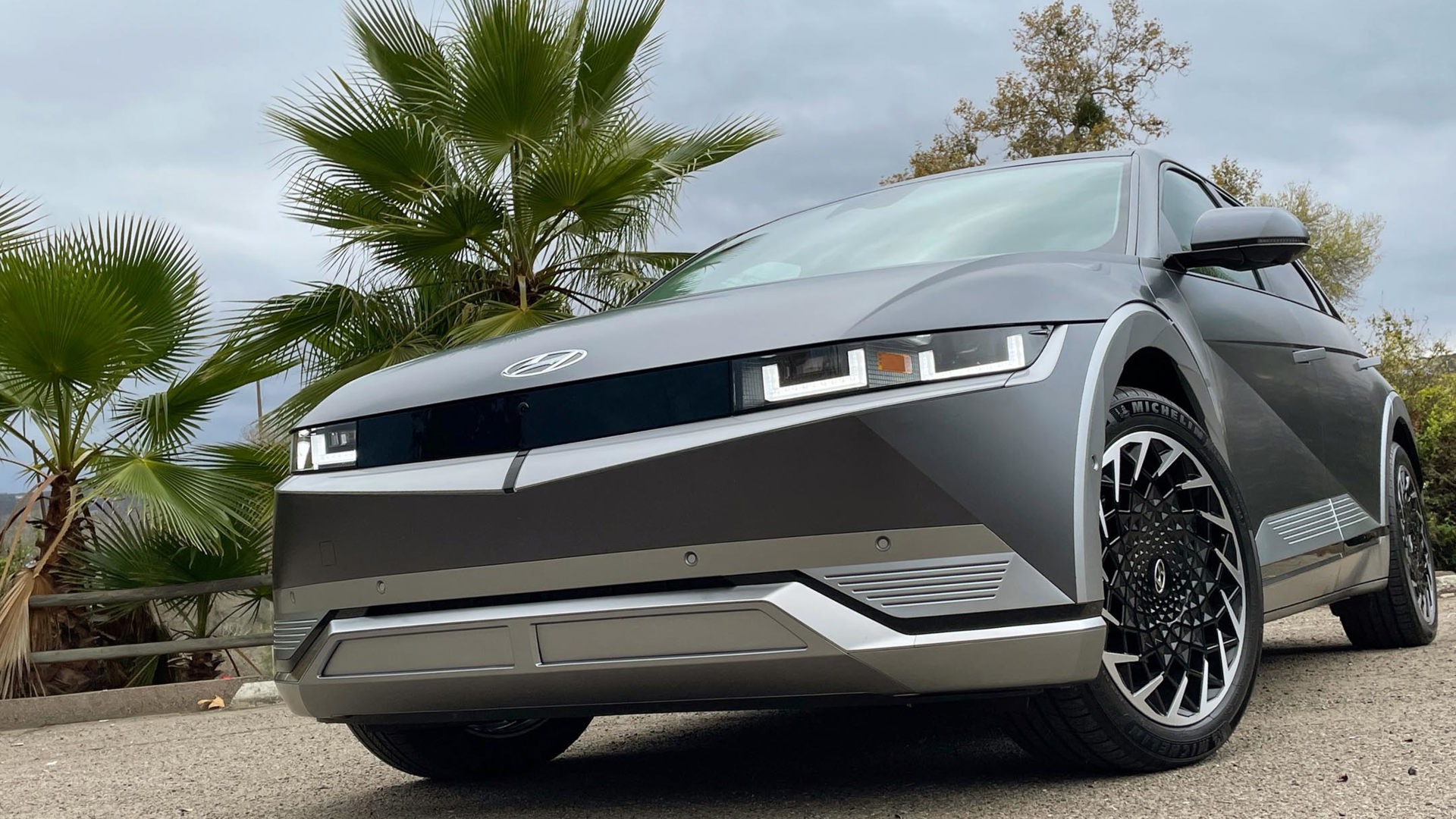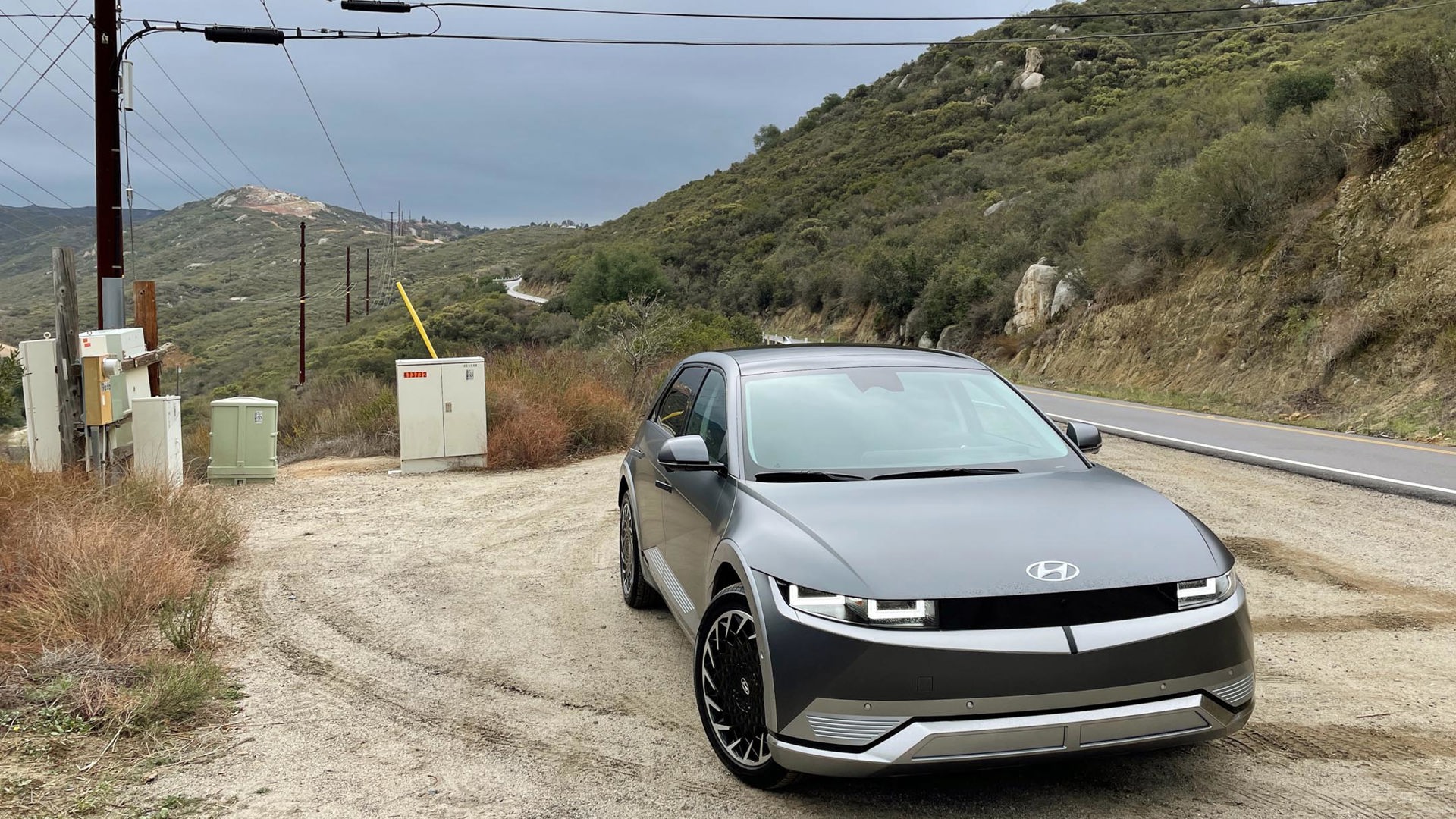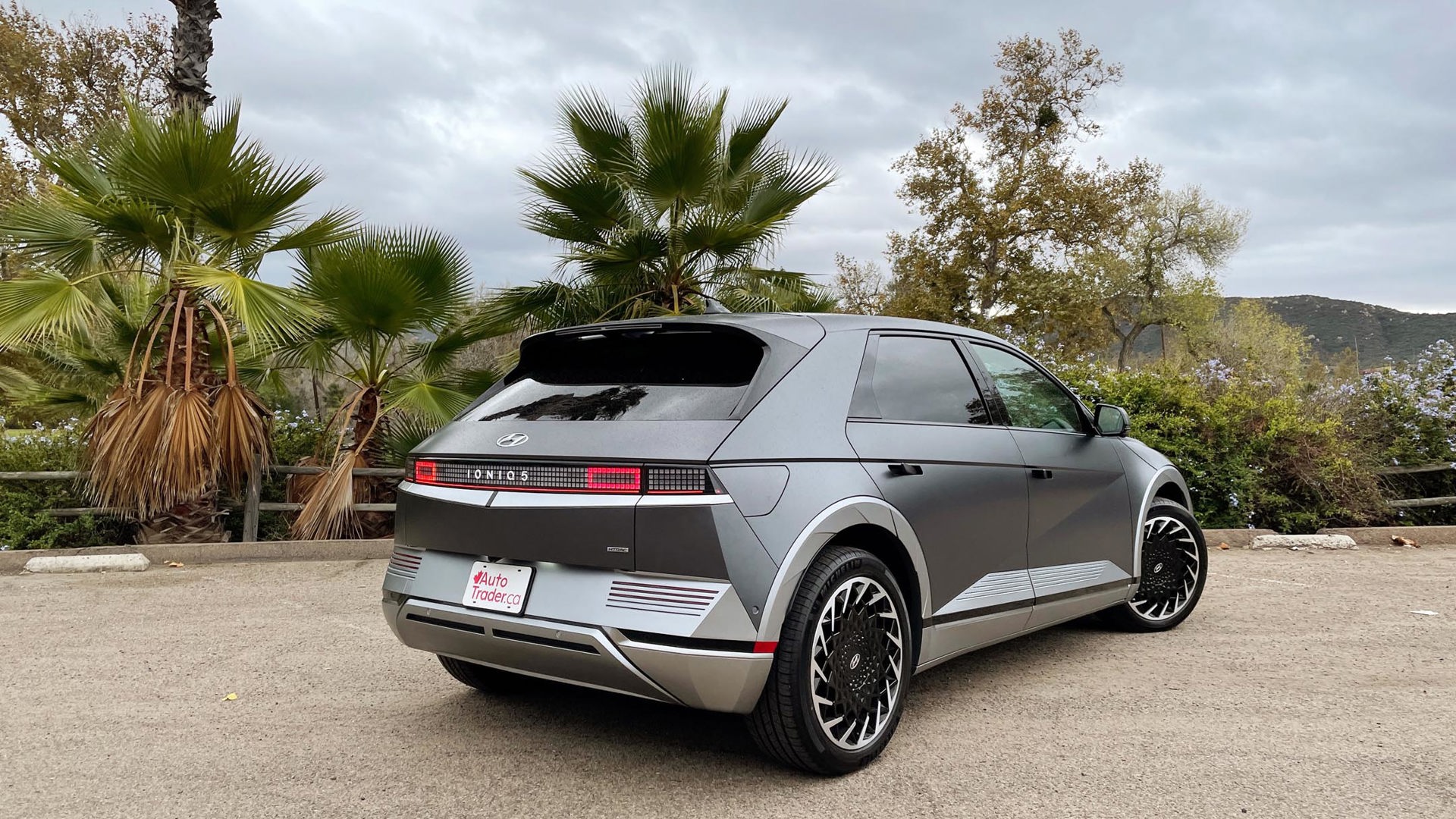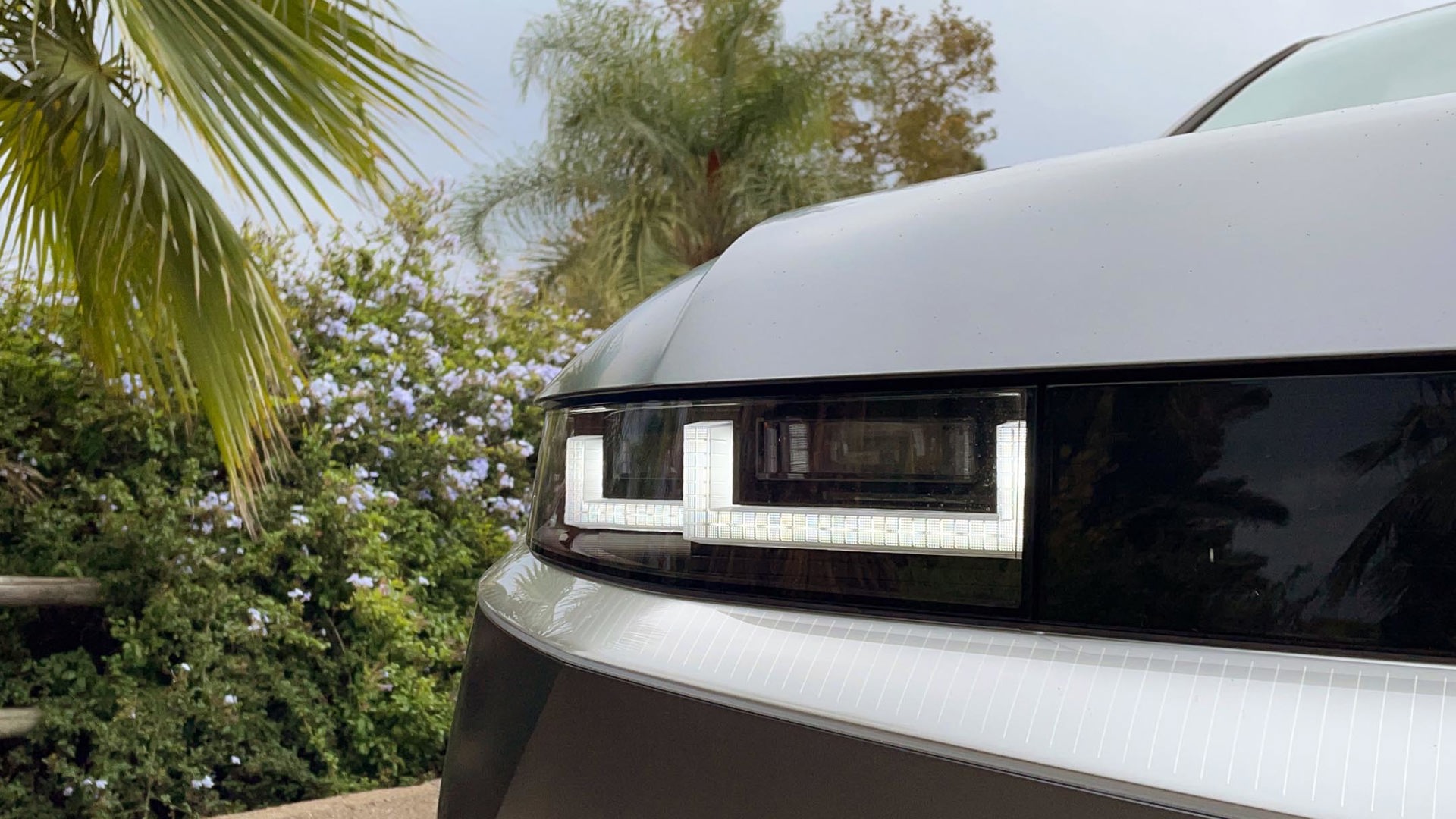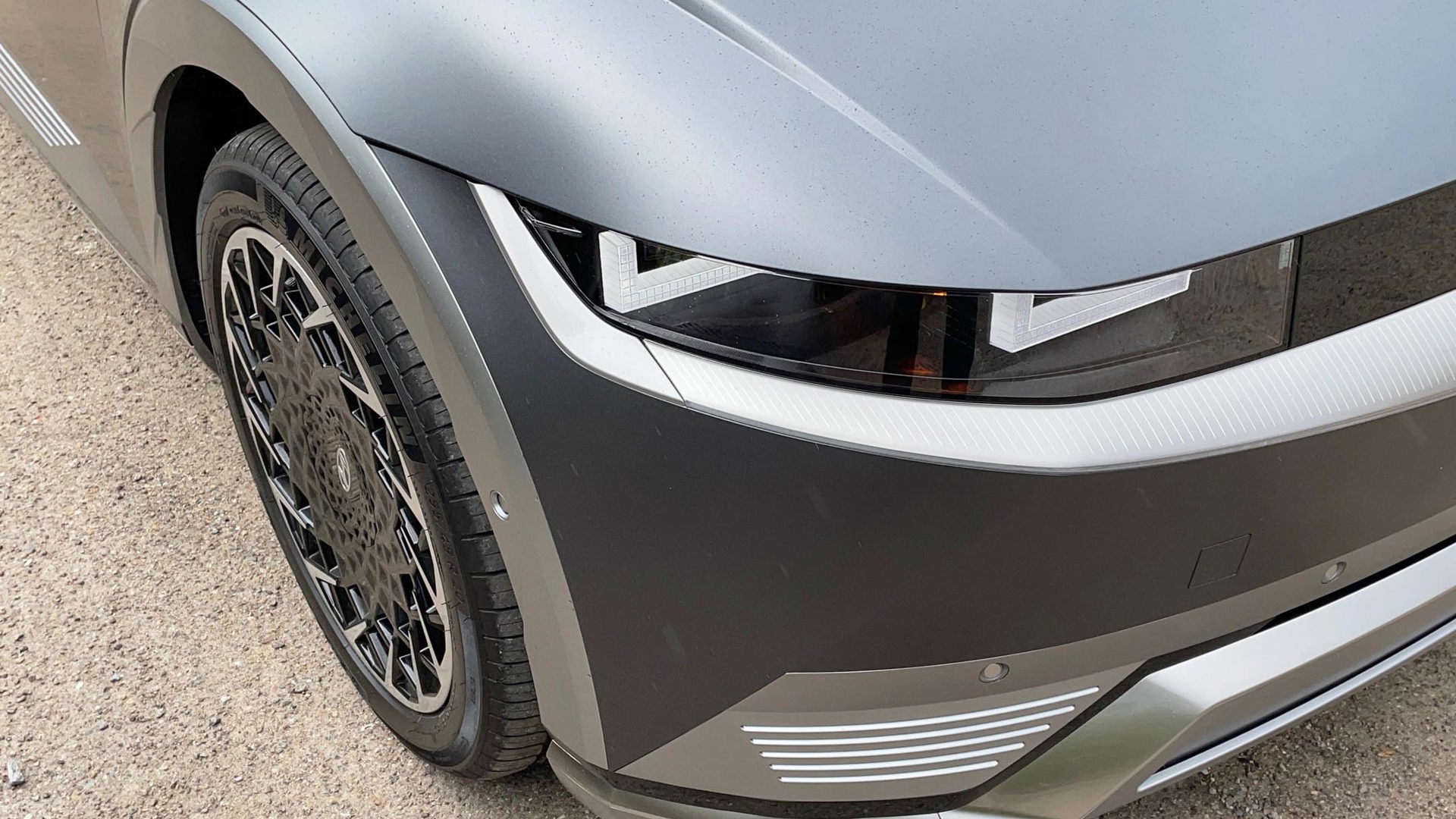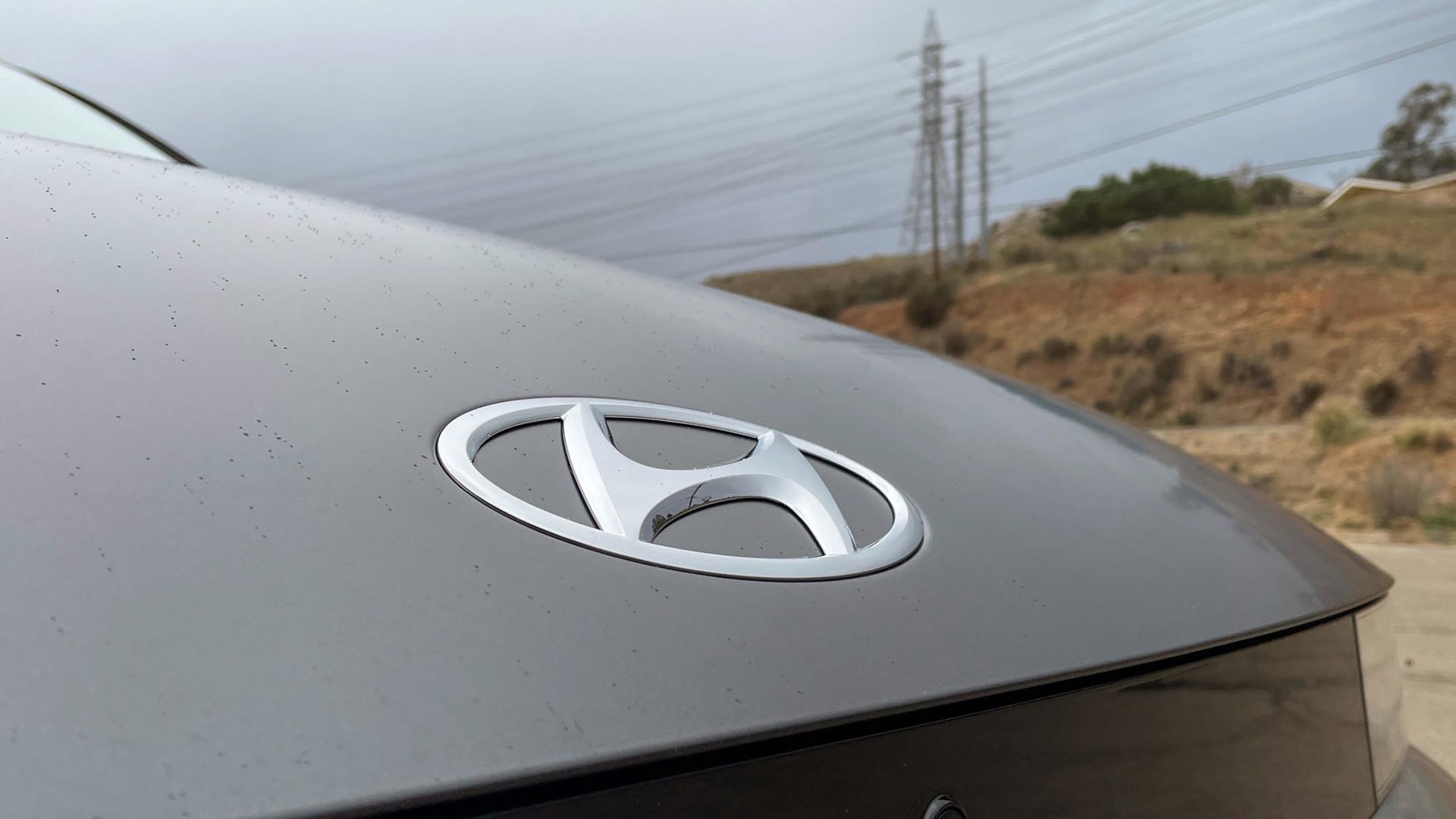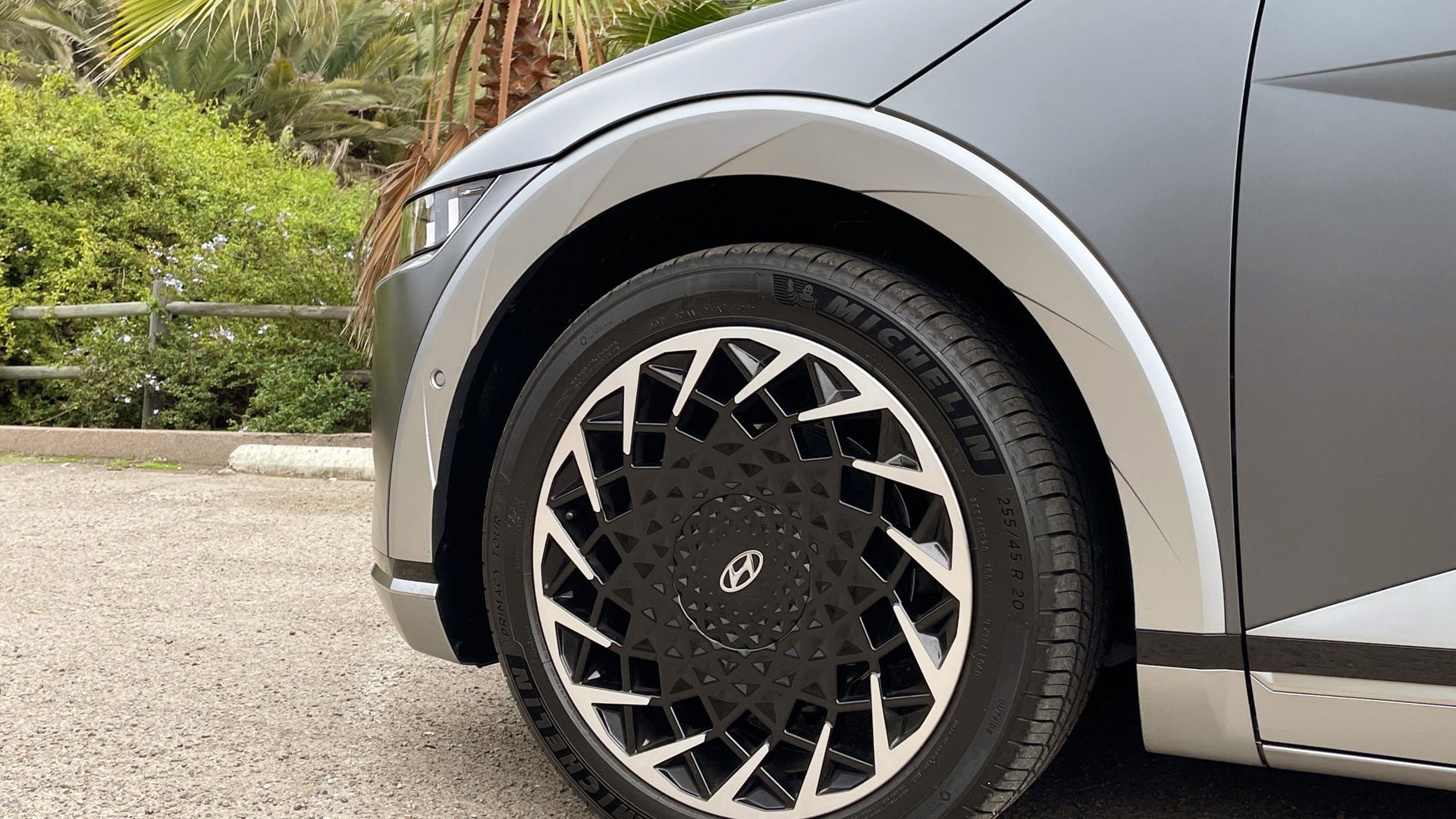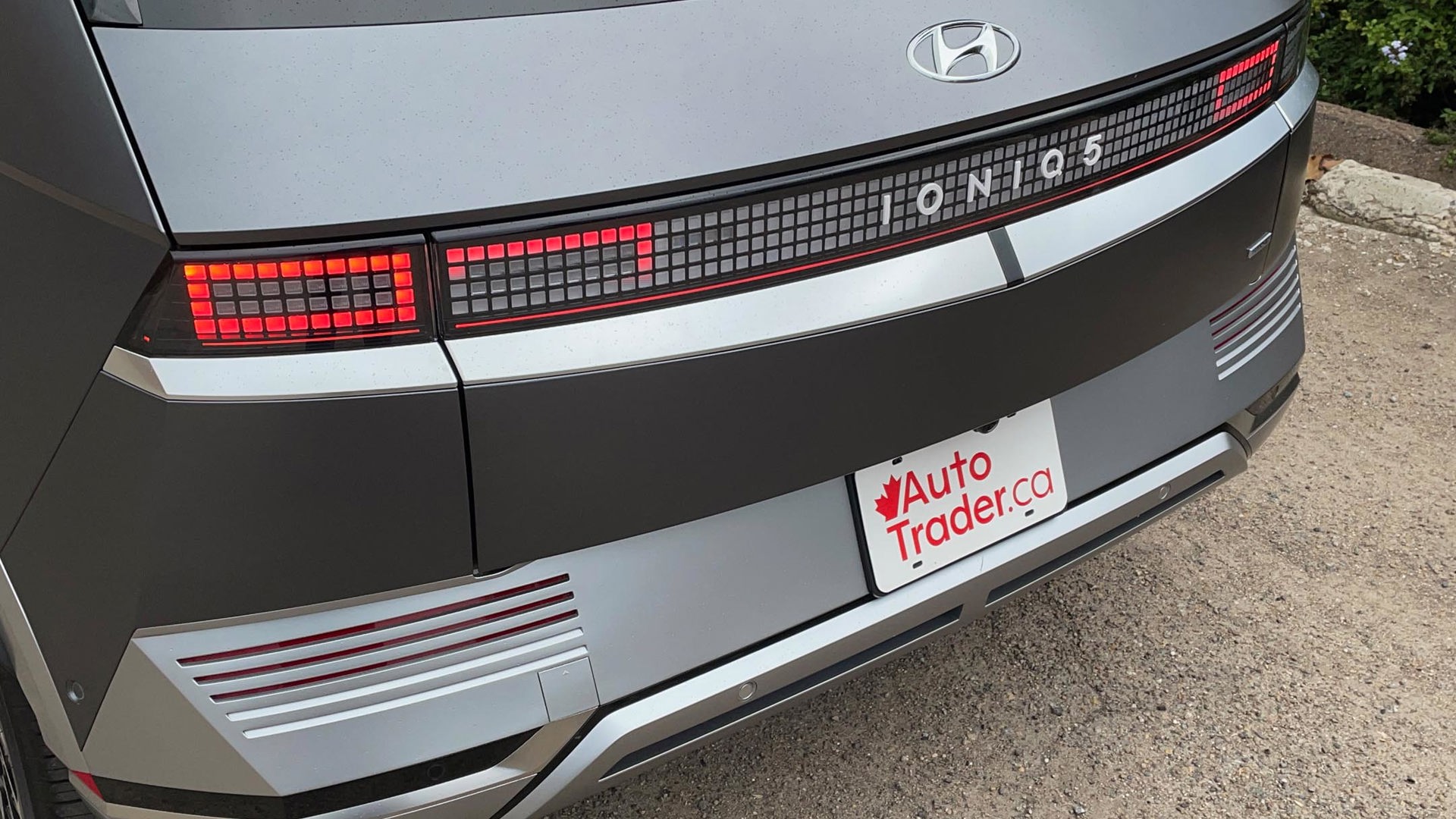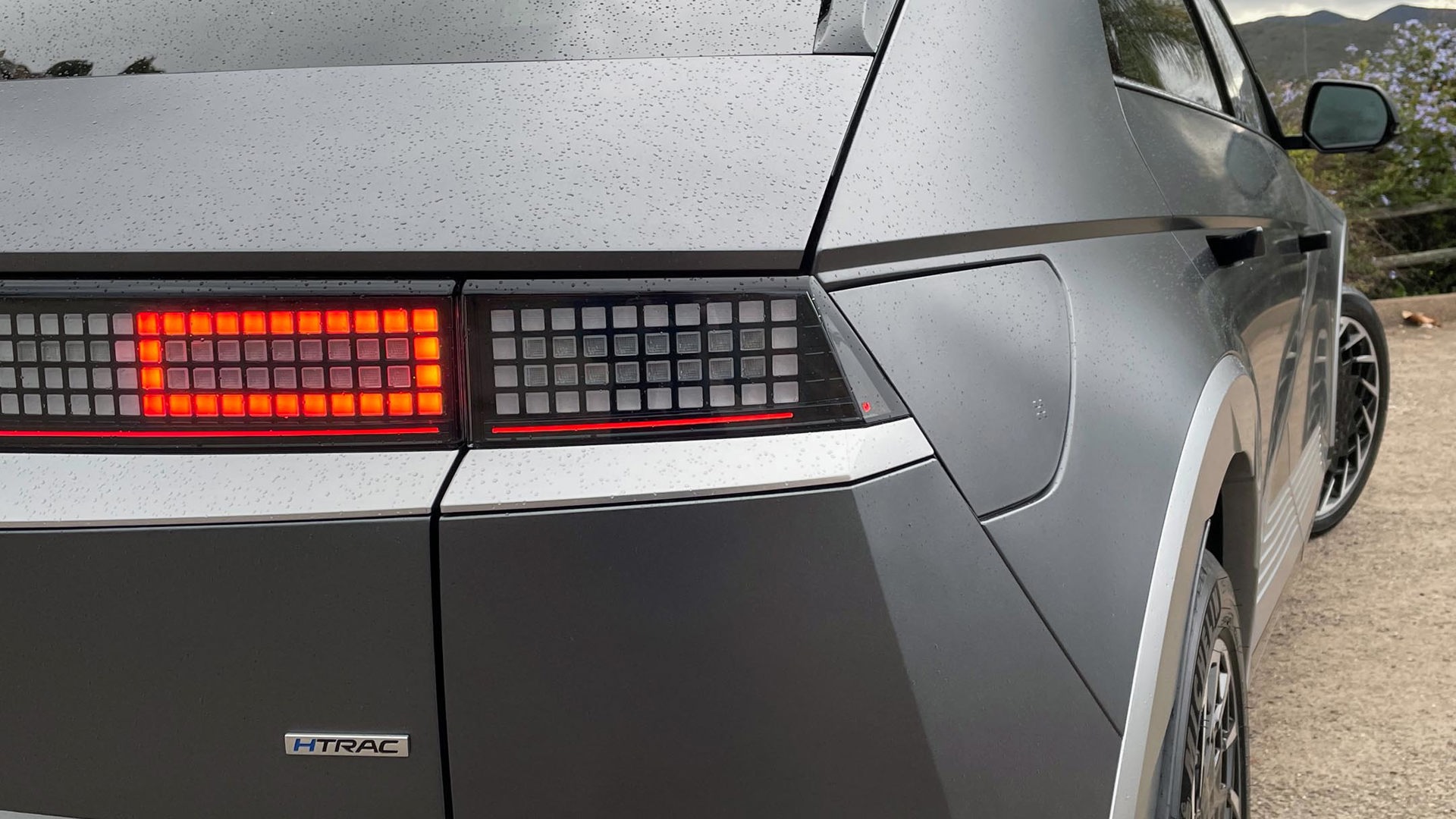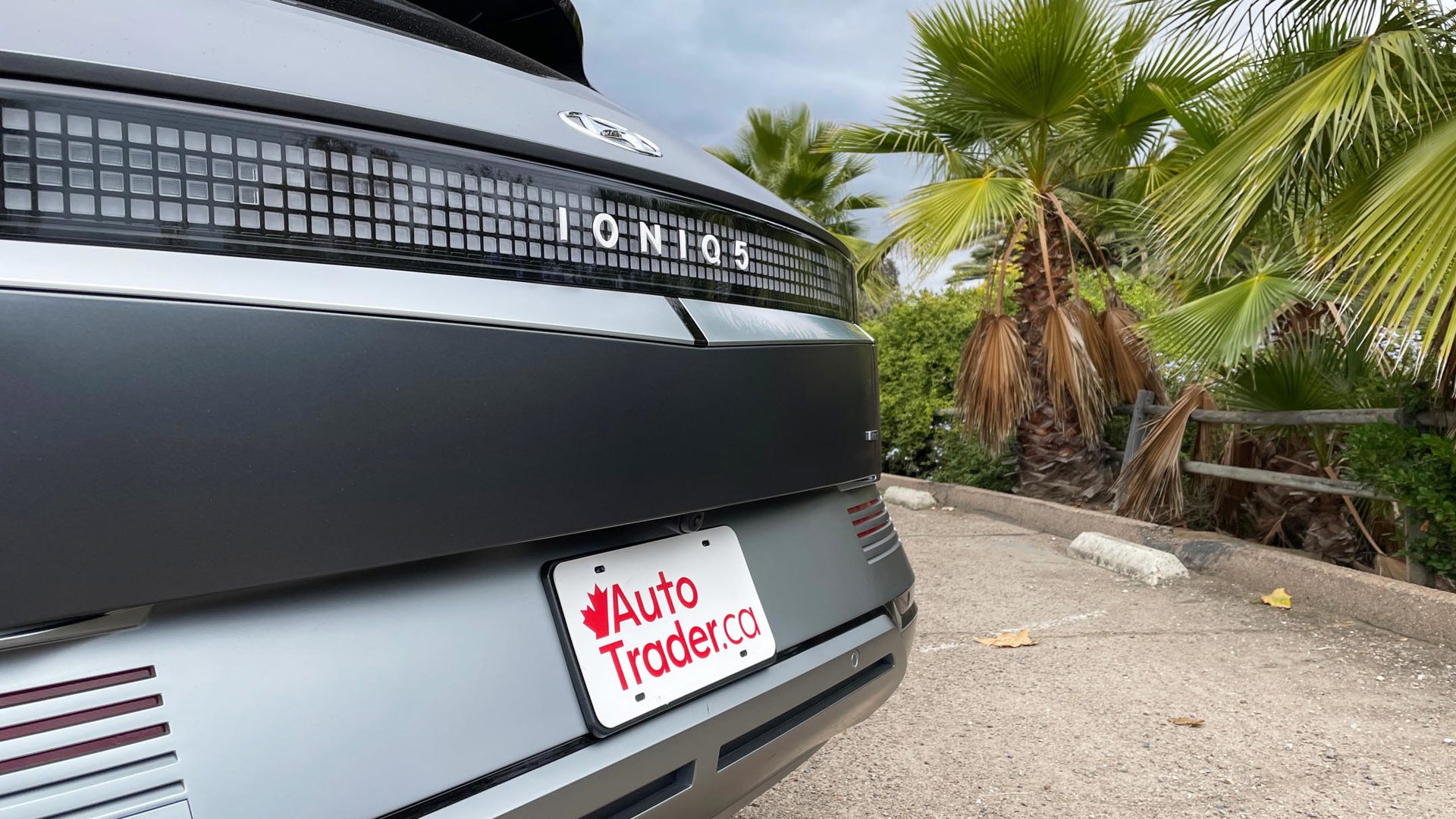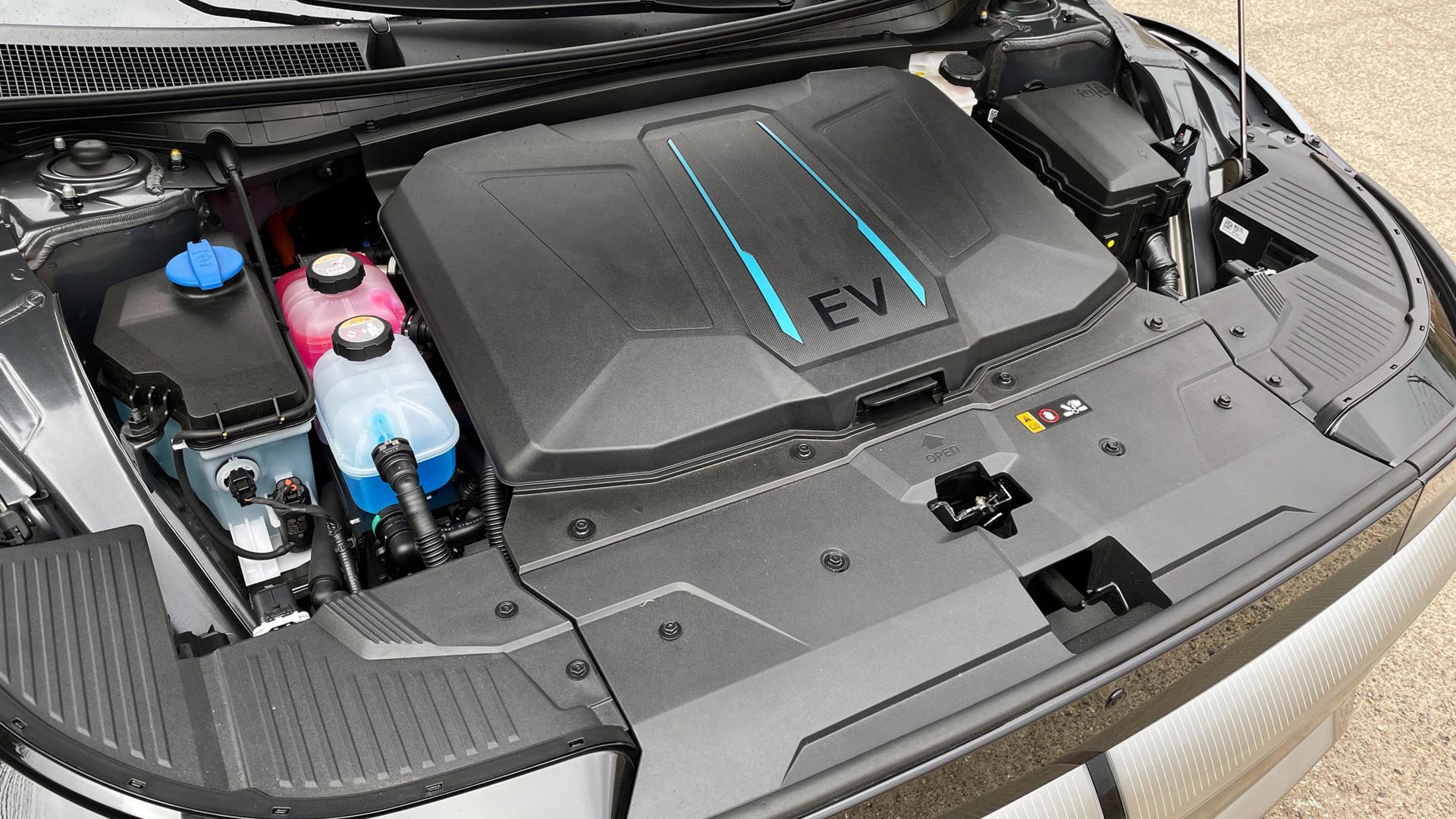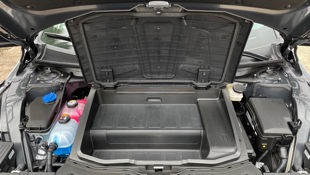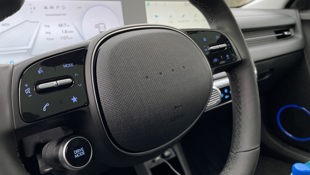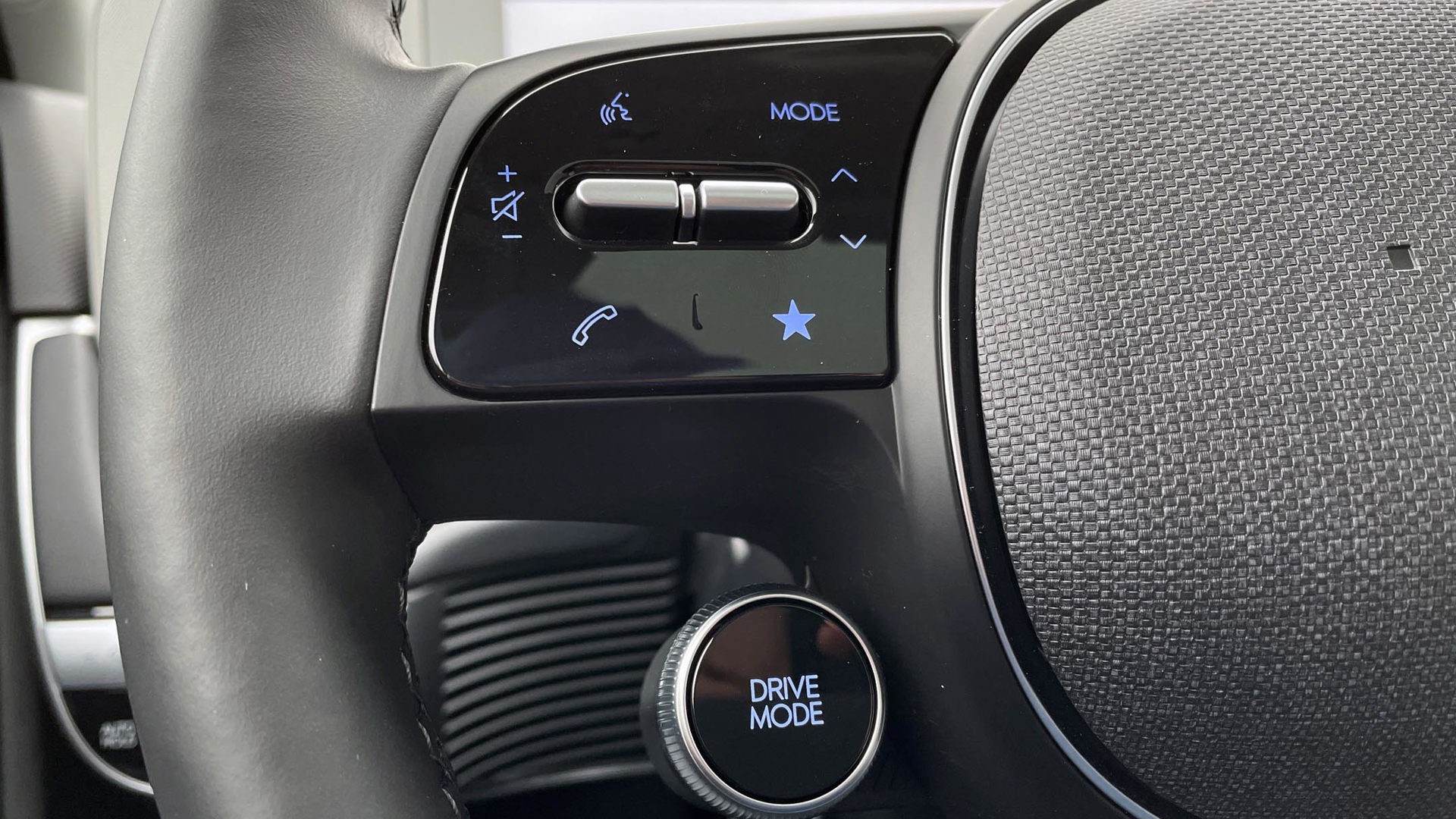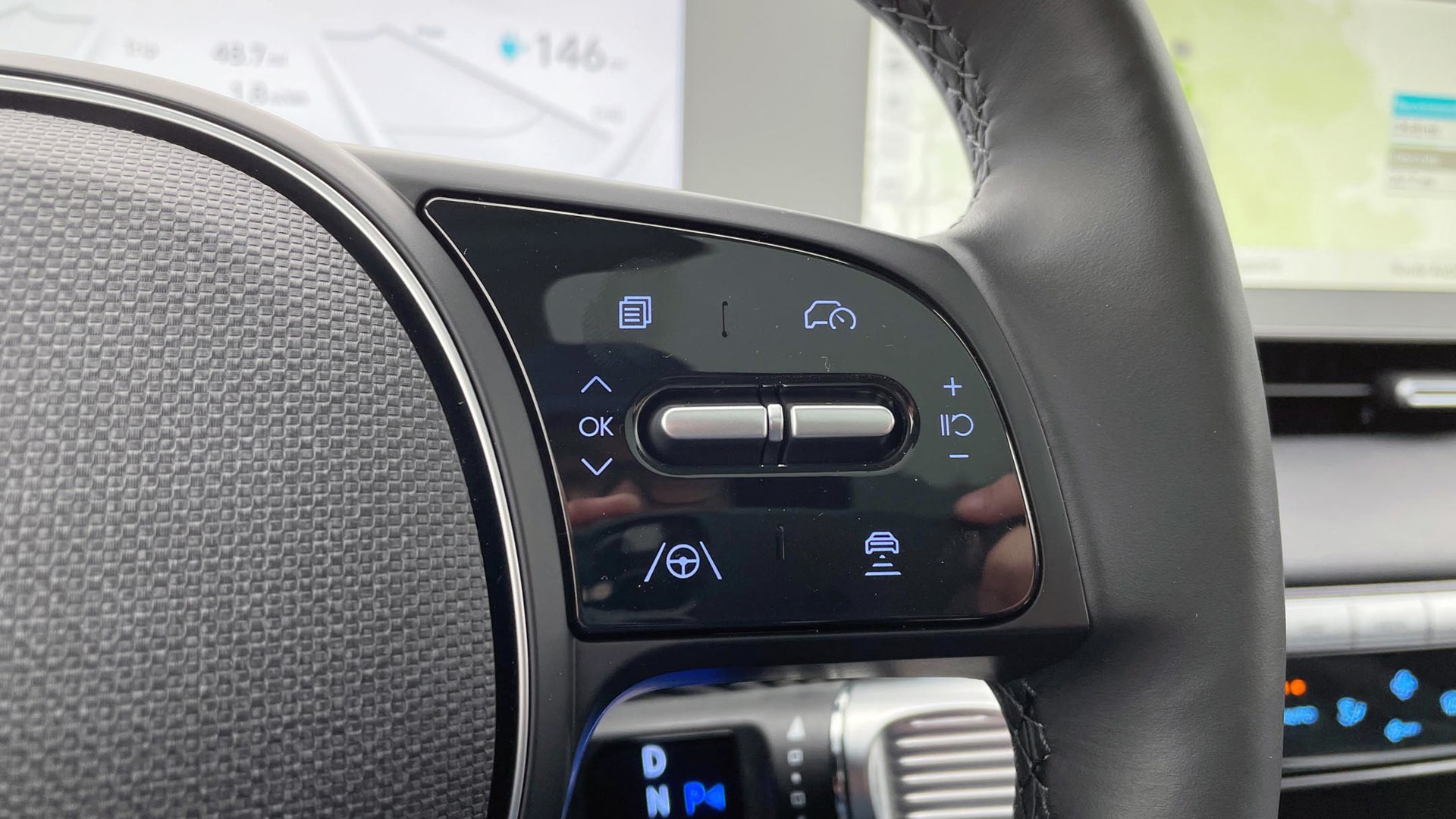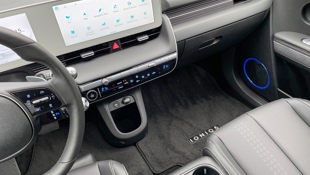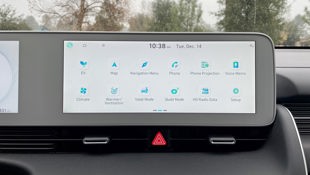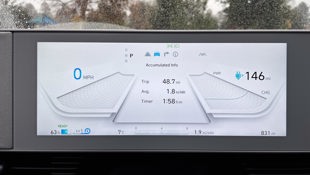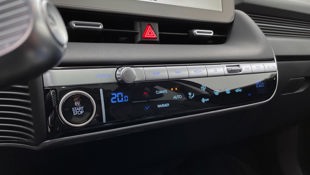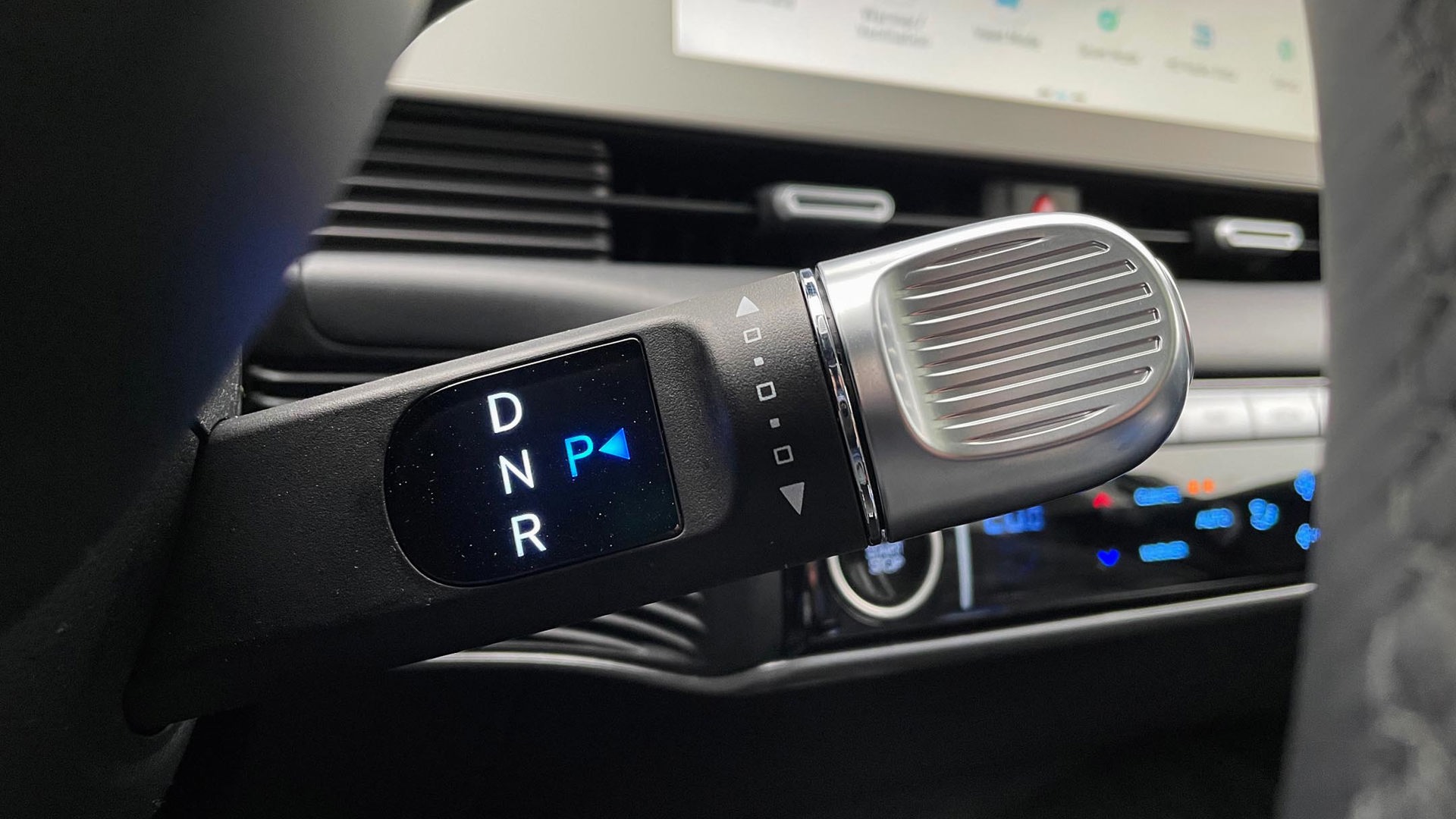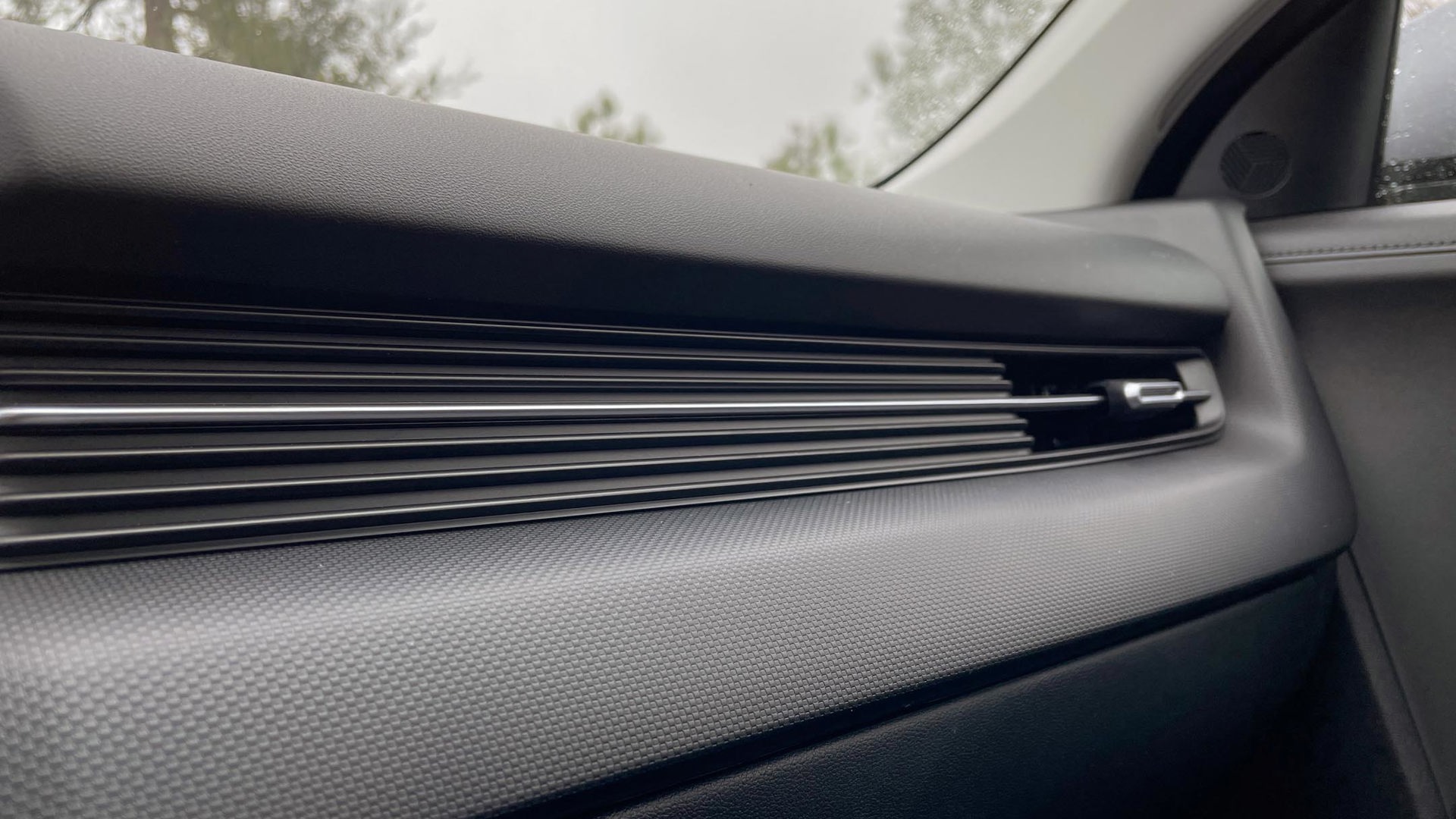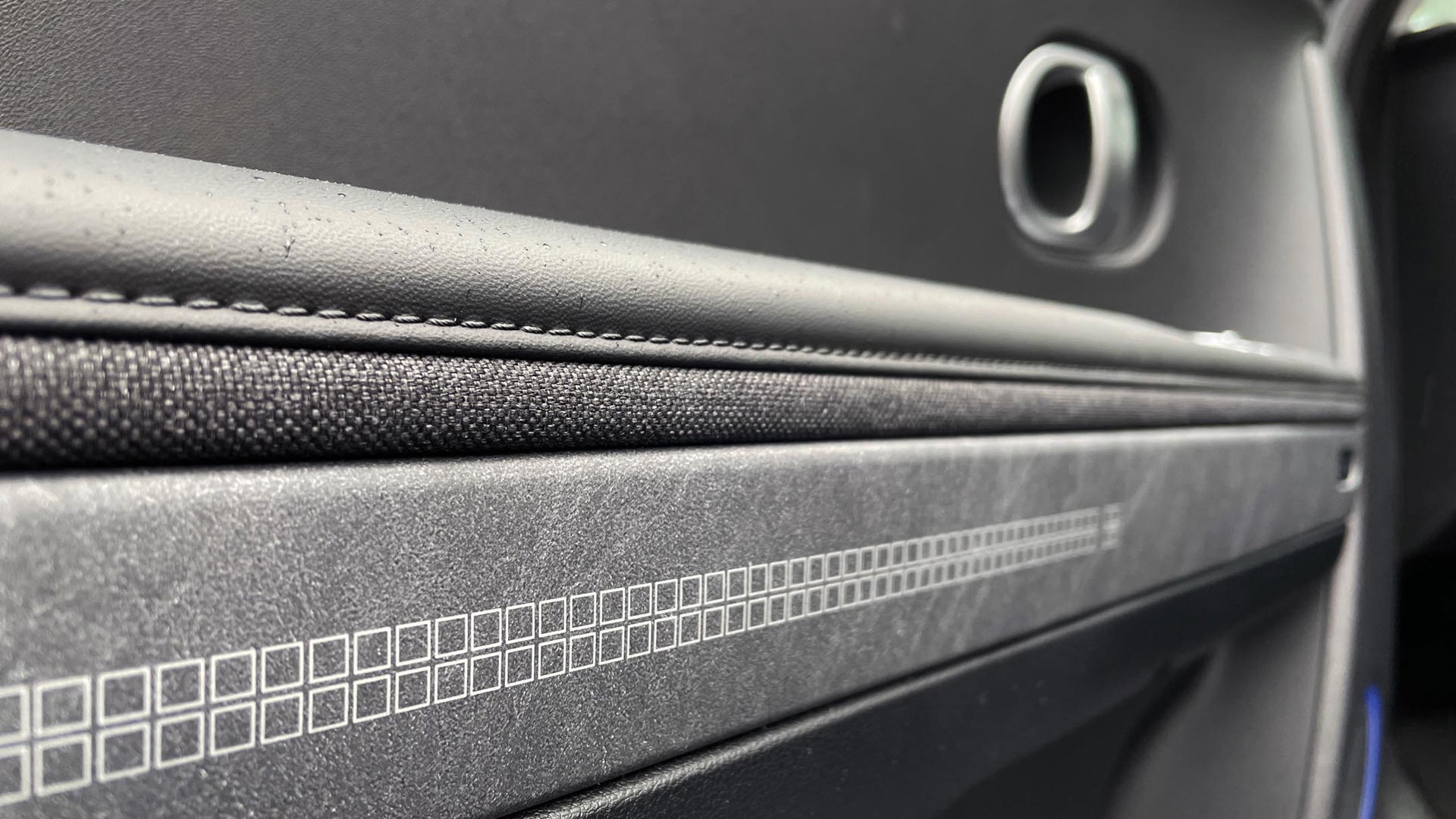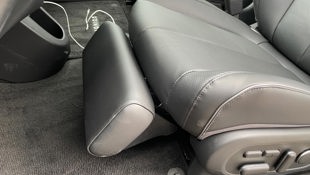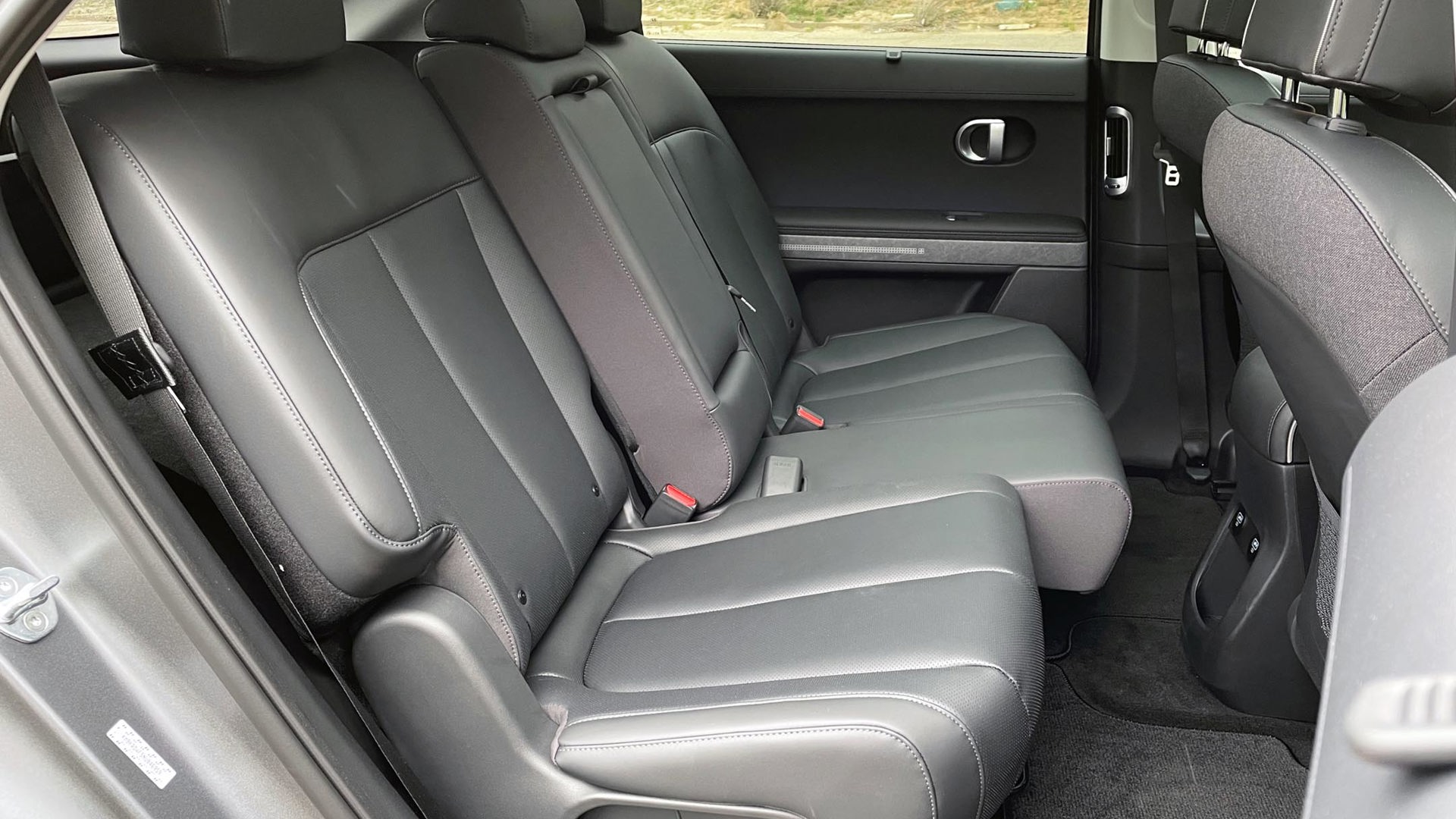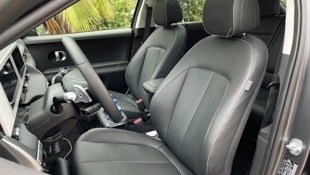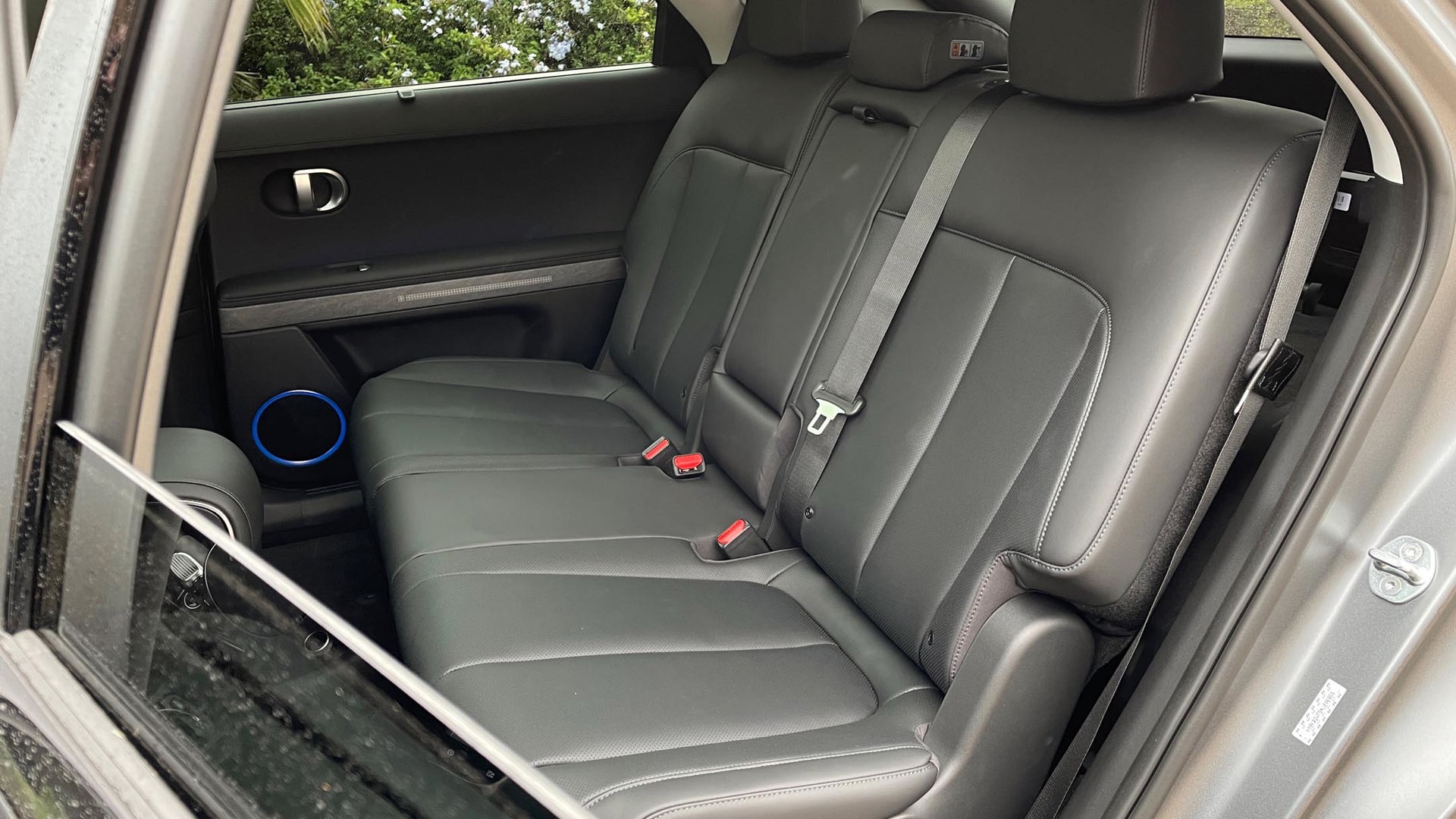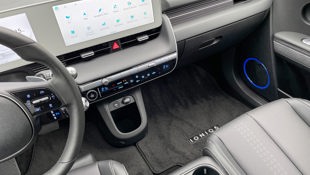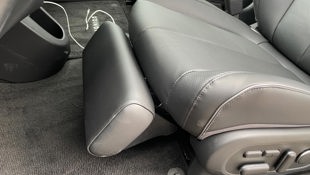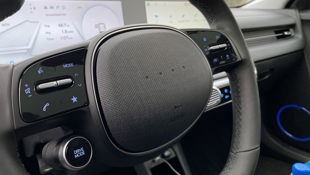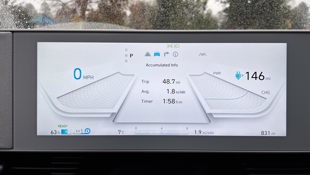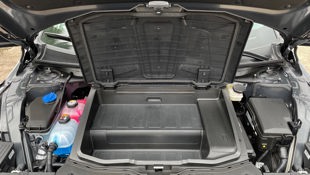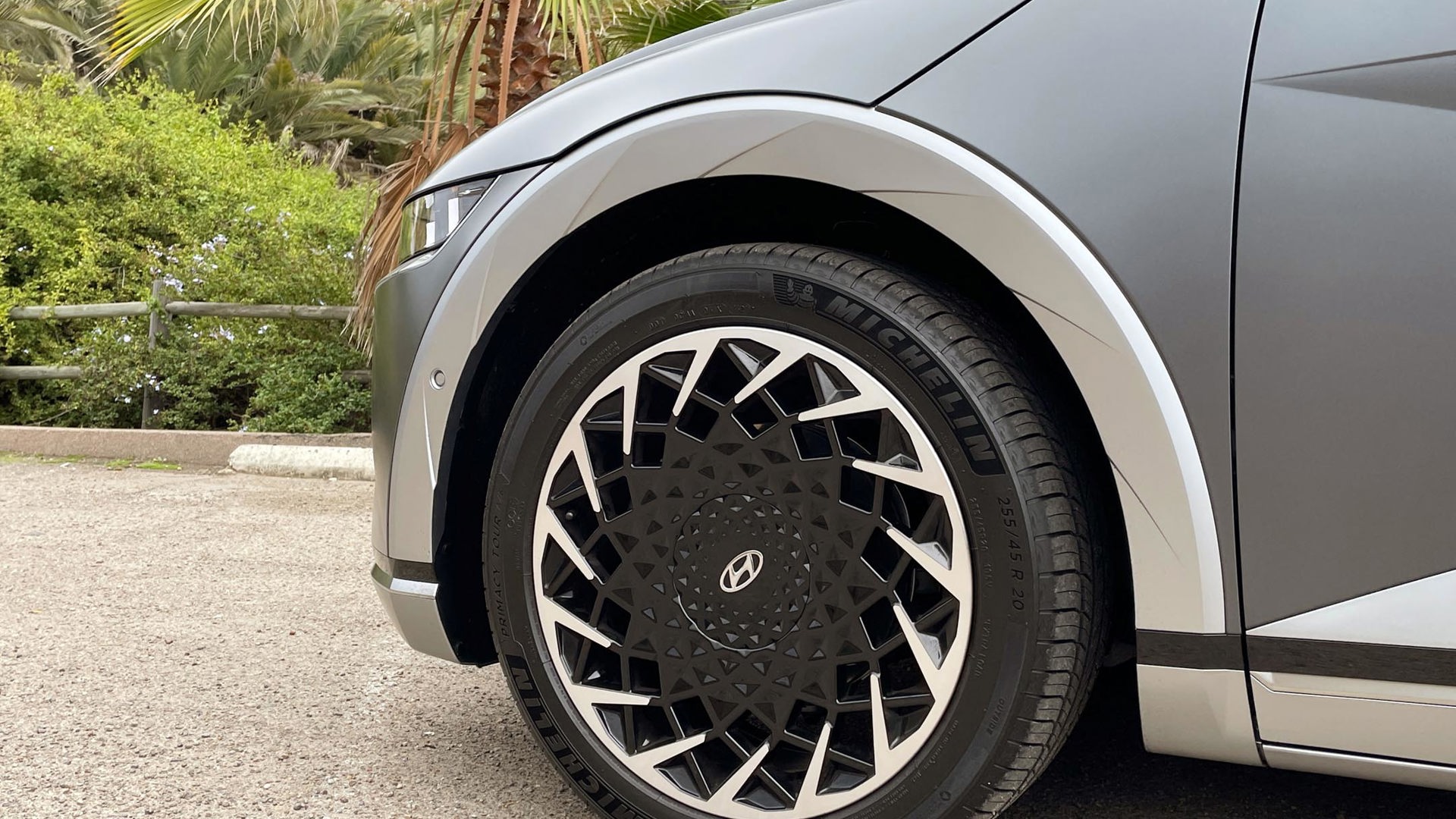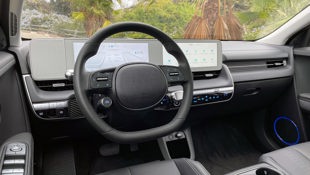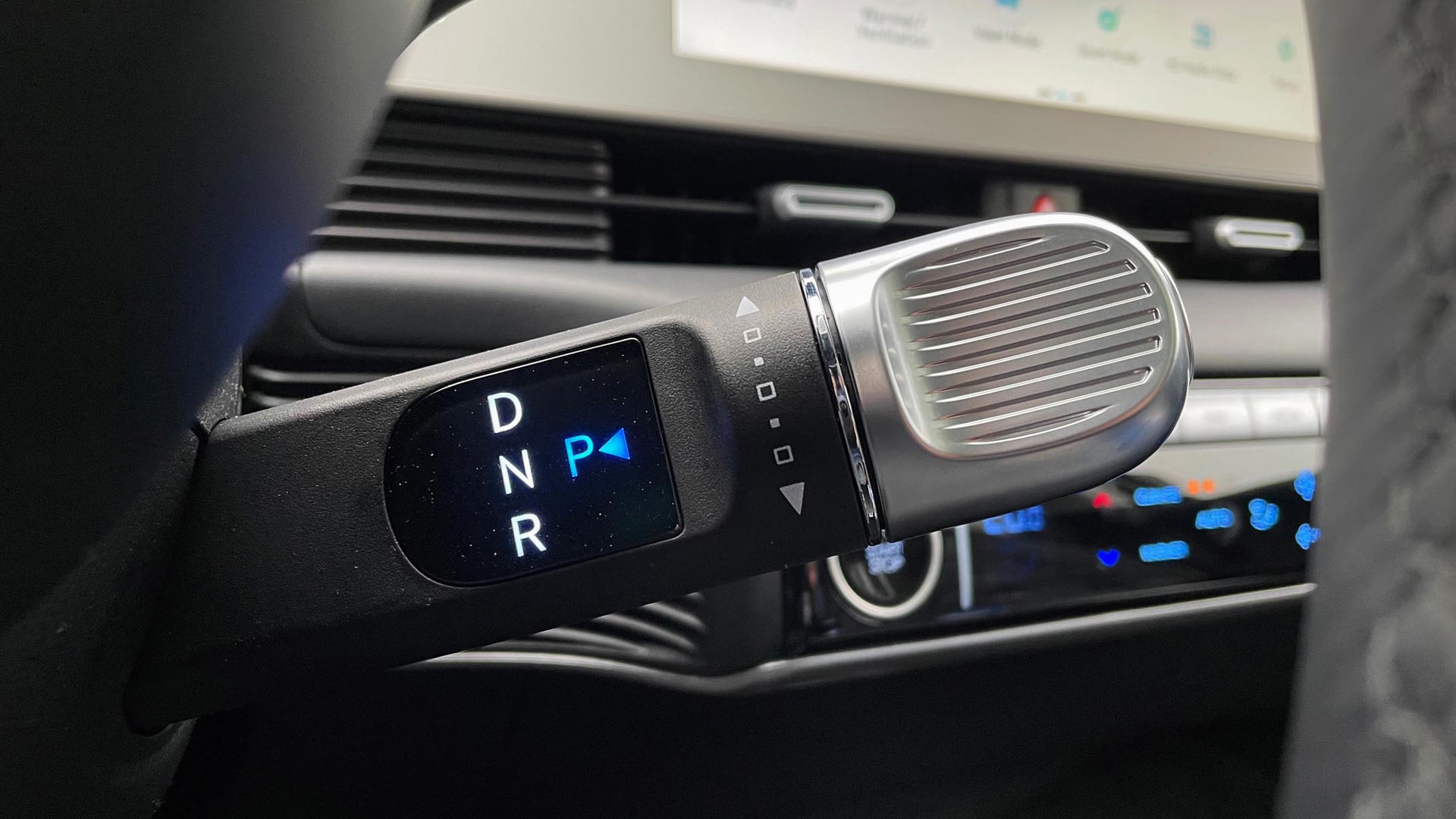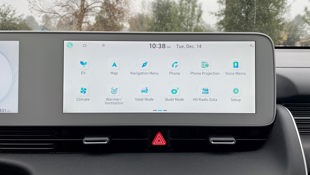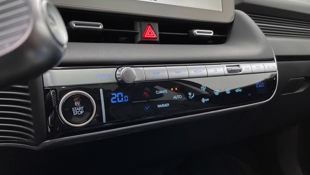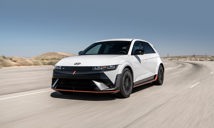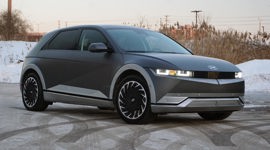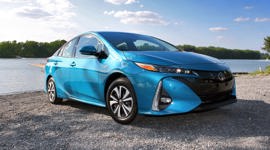When I first saw the Hyundai 45 Concept at the 2020 Toronto International Auto Show, my initial thought was, “That’s extremely dope, but they’ll never actually build a car like that.” Well, turns out, I was wrong because the 2022 Hyundai Ioniq 5 is real, it’s here, and it’s also quite good.
Based on Hyundai’s new electric car platform that also underpins the new Kia EV6, the Ioniq 5 is – by the automaker’s definition – an all-electric crossover. Not too long ago, that premise alone probably would’ve made this car a snooze-fest of a machine by default, but times have changed. Cars like the Tesla Model X and Ford Mustang Mach-E have made the gasless crossover an aspirational vehicle. Not only should a new one be extremely proficient as a motor vehicle, but it also needs to be cool. And I’m happy to report that the Hyundai Ioniq 5 is cool as heck.
Gourmet Mac and Cheese
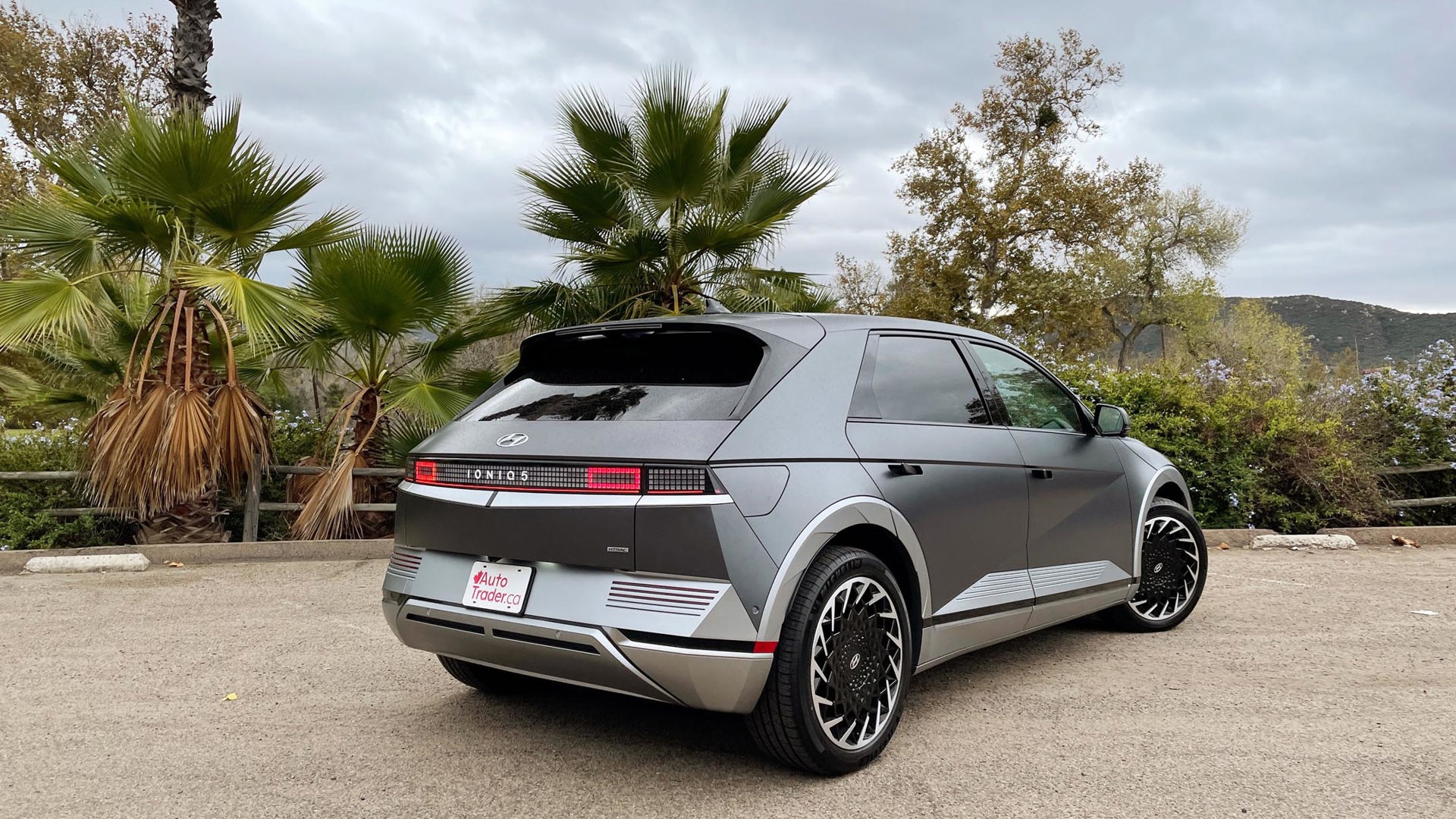
As much as the Ioniq 5 has going for it under the skin, much of its appeal admittedly still comes from the way it looks. It is whimsically futuristic, like what a basic hatchback would look like in an ’80s sci-fi movie that took place in 2022. It also has what I like to call “basic bougie energy,” taking a simple, boxy, almost dowdy hatchback shape that’s traditionally been associated with broke college students and making it really nice. (See also: gourmet mac and cheese.)
I love the 8-bit lights and the funky kaleidoscope wheels. Its directional fenders remind me of vented brake discs and its entire vibe just makes almost every other car on the road look like they’re somehow simultaneously trying too hard and not trying hard enough.
Nap-Ready Living Room
The Ioniq 5’s refusal to blend into the crowd extends into its unconventional “smart living room-style” interior as well. Hyundai makes a big deal out of this car’s very versatile, adjustable, and open cabin. The space in the footwell between the driver and front passenger is completely flat, for starters, meaning one could easily climb from one seat to another. This is made even easier by the fact that the armrest/centre storage console in the middle can be slid forward and back, which is useful if, for instance, you need to enter or exit from the opposing door because somebody has parked much too close to your side. (Although, how often does this actually happen?)
Also slightly gimmicky is the rear seats’ ability to slide forward and back just as the front seats do. It’s a fun novelty for this type of car, for sure, but I’m not sure why one would ever want to slide these forward and give the rear passengers less legroom. Especially when doing so doesn’t really make a huge difference when it comes to usable cargo space.
A bit like massaging seats and gesture controls found in high-end luxury cars, some of the Ioniq 5’s interior versatility features are neat and should be good for a few oohs and aahs the first time you show them off to friends, but I’m not sure how useful they actually are day-to-day.
Even ignoring the adjustable consoles and slidable rear seats, though, raw interior space is generous for a car of this size. Rear seat legroom is vast and headroom should be acceptable for all but the tallest adults. Breaking out the tape measure, the Tucson-sized Ioniq 5 actually boasts more rear-seat legroom than both the aforementioned Mach-E and Volkswagen’s ID.4. As another fun fact, the distance between the Ioniq 5’s front and rear wheels is the longest of any current Hyundai vehicle, dwarfing even the big three-row Palisade SUV, a by-product of the short overhangs afforded by that all-electric powertrain.
One interior quirk that’s actually quite nifty is the driver seat’s recliner-style, extendable footrest that can be extended even while driving. Have it deployed with the seat back reclined and the Ioniq 5 becomes a pretty great place to take a nap, say, while the car is being charged.
Electric Considerations
Not that you’d get to nap for very long because, according to Hyundai, the Ioniq 5 only needs 18 minutes to get from 10 to 80 per cent charge using a 250-kW DC fast charger, while those in a hurry can apparently recoup 108 km of driving range after just five minutes of plugged-in time. A 10.9-kW AC Level 2 charger typically installed at home, meanwhile, will get the car from 10 per cent to a full charge in six hours and 43 minutes.
The Ioniq 5 will be available in three different powertrain configurations. This car’s least expensive, standard range, rear-wheel drive model is said to be good for 354 km of driving from a full charge. Step up to the long-range battery and the Ioniq 5 can be had with either one motor powering just the rear axle or with a dual-motor all-wheel drive system. These two are said to offer 488 and 414 km of range, respectively.
Climbing into the top-of-the-line long-range AWD Ioniq 5 at the beginning of this initial test drive, the car was charged to 96 per cent and showed 389 km of estimated driving range with climate control on but 398 km with the climate control turned off. Some back-of-the-napkin math says a fully charged dual-motor Ioniq 5 should indeed be good for exactly 414 estimated km in ideal conditions and minimal HVAC usage.
A more rigorous test of the Ioniq 5’s real-world range will have to wait until we can get this car over a longer period of time on more familiar territory but, for what it’s worth, this first 217-km drive that also involved a fair amount of “idling” for photos and spirited backroad work resulted in just 55 estimated km and 17 per cent battery remaining.
Much like the Ford F-150 Lightning, the Ioniq 5 features vehicle-to-load charging, essentially turning the car into one big mobile generator.
First Driving Impressions
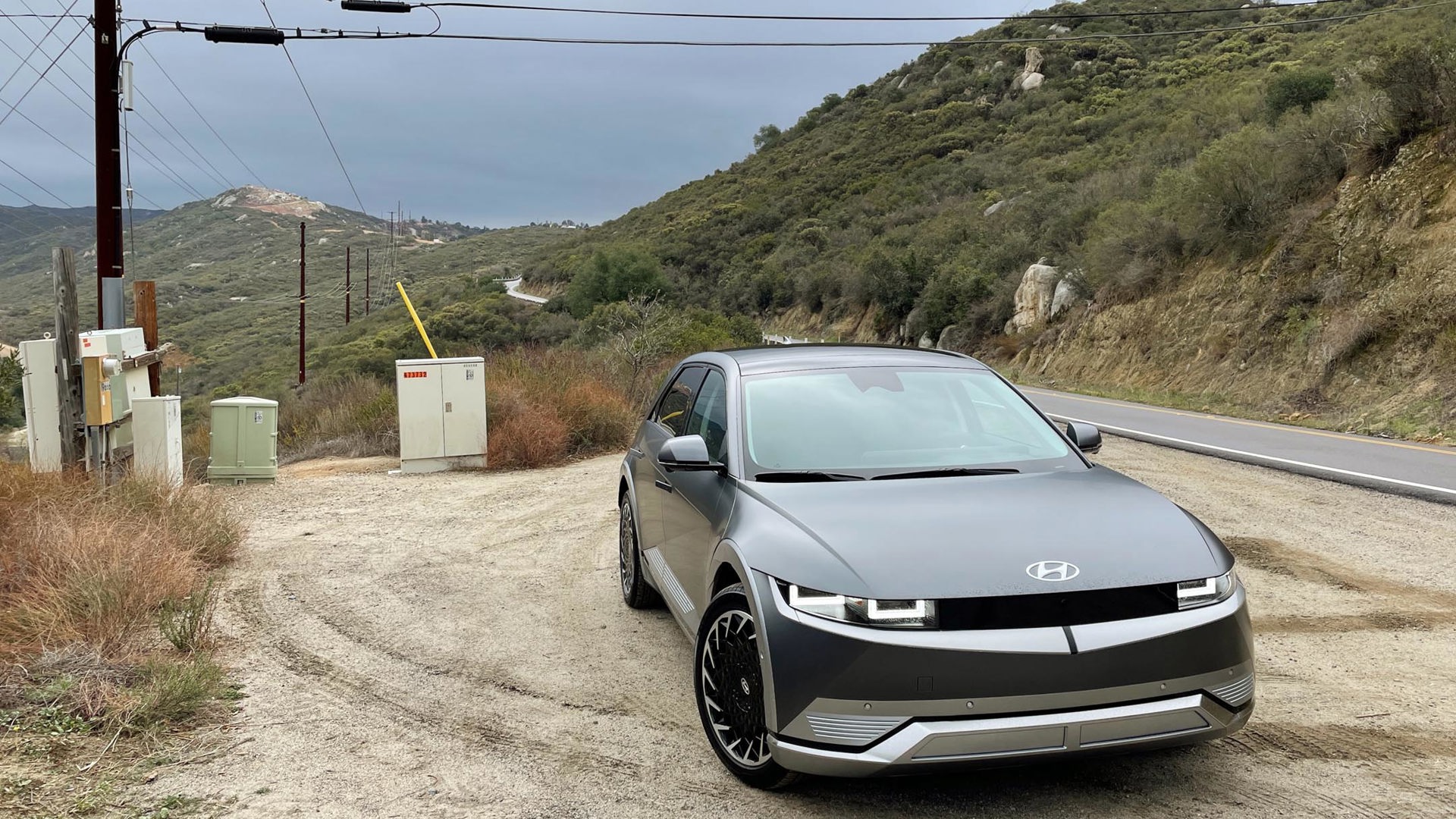
With an electric motor at each axle propelling the Ioniq 5 forward, the AWD Hyundai EV produces 320 hp, 446 lb-ft of torque, and gets from zero to 100 km/h in just 5.1 seconds. This puts it firmly in hot hatch territory and, fortunately for fans of recreational driving, the Ioniq 5 actually handles a bit like a hot hatch as well. It even gets a version of Hyundai’s Integrated Drive Axle that increases axle stiffness, reduces weight by 6.5 pounds, and was previously found underneath the company’s fantastic Elantra N.
No, it isn’t quite as edgy or burbly as a bona fide, gas-powered sport compact, but hustling the Ioniq 5 around the marvellously winding roads of California, its chassis and running gear do feel cut from the same sort of cloth. In terms of steering and driving demeanour, this car honestly reminds me a bit of the new Volkswagen Golf R. (A car that, as it happens, makes five less hp and a whopping 151 fewer lb-ft of torque than this Hyundai EV.) Like the Golf, the Ioniq is fun, effortless, and constantly comfortable.
It’s also nimble, reasonably communicative, and reassuring to drive in pretty much all scenarios. Hyundai (along with sister brands Genesis and Kia) has made a habit lately of making its cars drive way better than they really have to and this one is no exception.
Modern Tech and Minor Gripes
The Ioniq 5 happens to be the first Hyundai to feature the company's second-generation highway driving assist tech. New capabilities include assisted, turn-signal-triggered lane changes as long as the steering wheel is held and the car is travelling over 60 km/h, the ability to respond to other cars that cut you off unexpectedly, and the ability to subtly adjust its position within the current lane if it detects an adjacent car driving too close.
This car's assisted-driving visuals are also incorporated into the augmented-reality head-up display system which overlays graphics on the view out of the windshield, Iron Man-style. The AR HUD can also aid with turn-by-turn directions and throws up a couple of orange arrows if you start drifting out of your lane.
In terms of user interface, the Ioniq 5 is, by EV standards, fairly conventional. There’s an honest-to-god volume knob, to start, while the 12.3-inch infotainment touchscreen isn’t any more complicated than the systems employed in existing Hyundais, which means it’s inherently user-friendly.
Less positively, all of the climate controls are touch-sensitive, while the controls for the heated and ventilated seat and heated steering wheel are buried within the touchscreen. Gross.
Instead of a traditional shift lever or a set of buttons, Hyundai has given gear-selecting duties to a knob at the end of a thick stalk placed underneath the wiper controls. It’s actually not a bad solution and, position-wise, not really any more radical than the column shifters used in vans and Mercedes-Benzes. I did find myself engaging reverse when I wanted to go forward and vice versa, however, because Hyundai has made it so Drive is selected by twisting forward and Reverse is a twist towards yourself. This might sound correct on paper, but momentum-wise, feels backwards to me. However, this is admittedly a small gripe that I’m sure most owners will adapt to fairly quickly.
Speaking of stalk-related aspects of the Ioniq 5, this car – despite its liftback and status as a “crossover” – does not have a rear wiper. This is unequivocally a miss on Hyundai’s part as evidenced by how quickly and badly the rearward view became obscured after some heavy rain showers that occurred during this first drive. Fingers crossed that the automaker will rectify this in future model years.
Final Thoughts
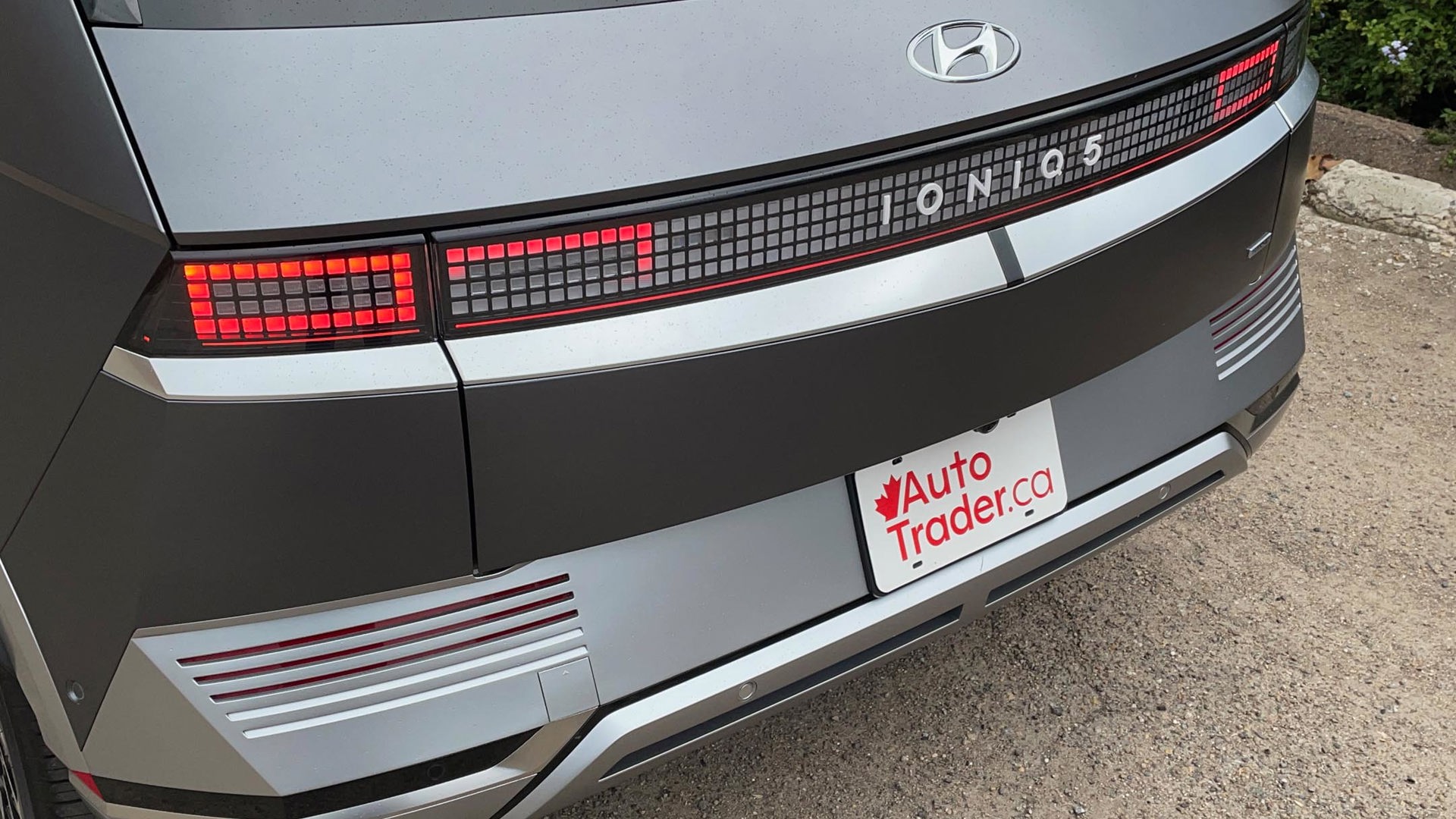
The 2022 Hyundai Ioniq 5 may not be a “luxury car,” per se, but it is a luxury. It’s quick, it’s quirky, it’s got flush door handles that pop out when unlocked, and – like the Teslas, Taycans, and Mach-Es that came before it – will absolutely be a statement purchase for its owners.
Despite its deliberately basic shape, it looks like nothing else on the road and is genuinely fun to drive. Sure, it could definitely use a rear wiper as well as dedicated buttons for its heated seats but, in the grand scheme of modern automotive usability, the Ioniq 5 does more right than it does wrong. If you’re in the market for an all-electric, well-appointed hatchback/crossover-type vehicle, the Ioniq 5 fills that niche spectacularly. Even if it isn’t the absolute best car you ever own, it would definitely be one of the most interesting.
A little cheekily, Hyundai has priced the Ioniq 5 so that it just qualifies for the federal government’s iZEV incentive program. A base Essential trim 2022 Hyundai Ioniq 5 starts at a golden $44,999 before a $1,825 destination charge. The AWD Long Range Ioniq 5 tested here, however, will command at least $54,999 while an AWD Long Range car with the Ultimate Package will cost $59,999. (Don’t worry, though. Because Hyundai has strategically billed it as an optional package, this top Ioniq 5 will still be rebate-eligible since the trim as a whole still starts at a hair under $55,000.)
Deliveries are expected to begin around the middle of next year.

